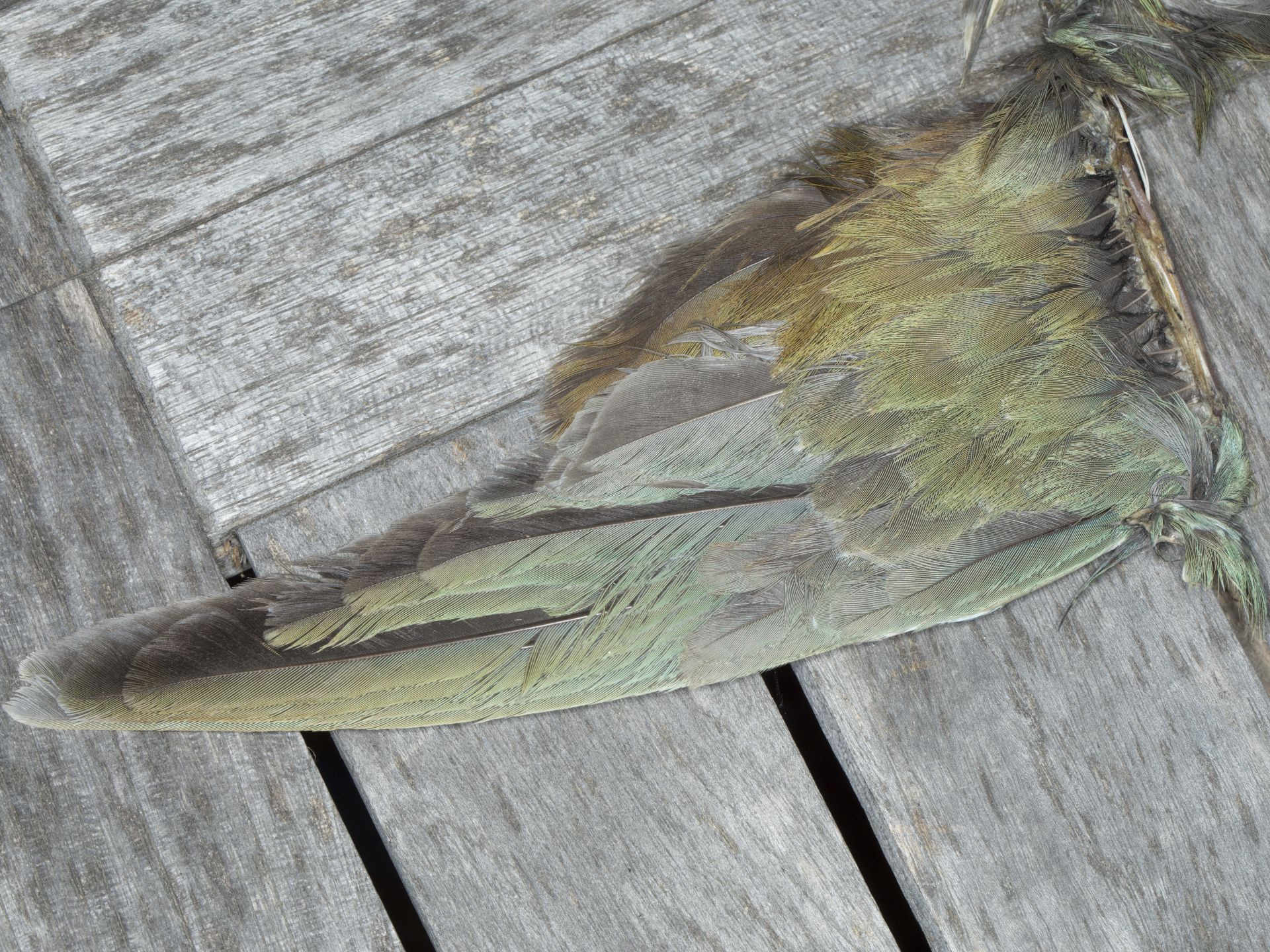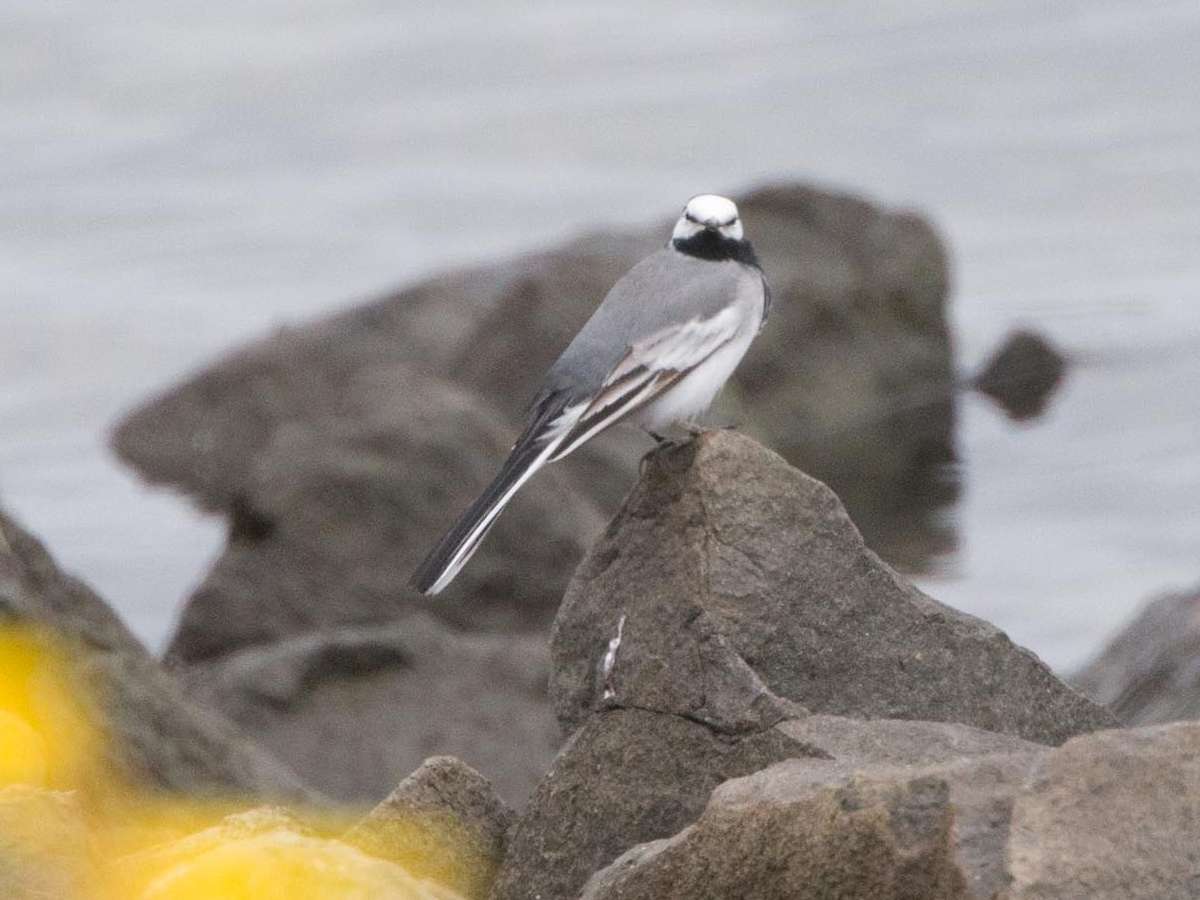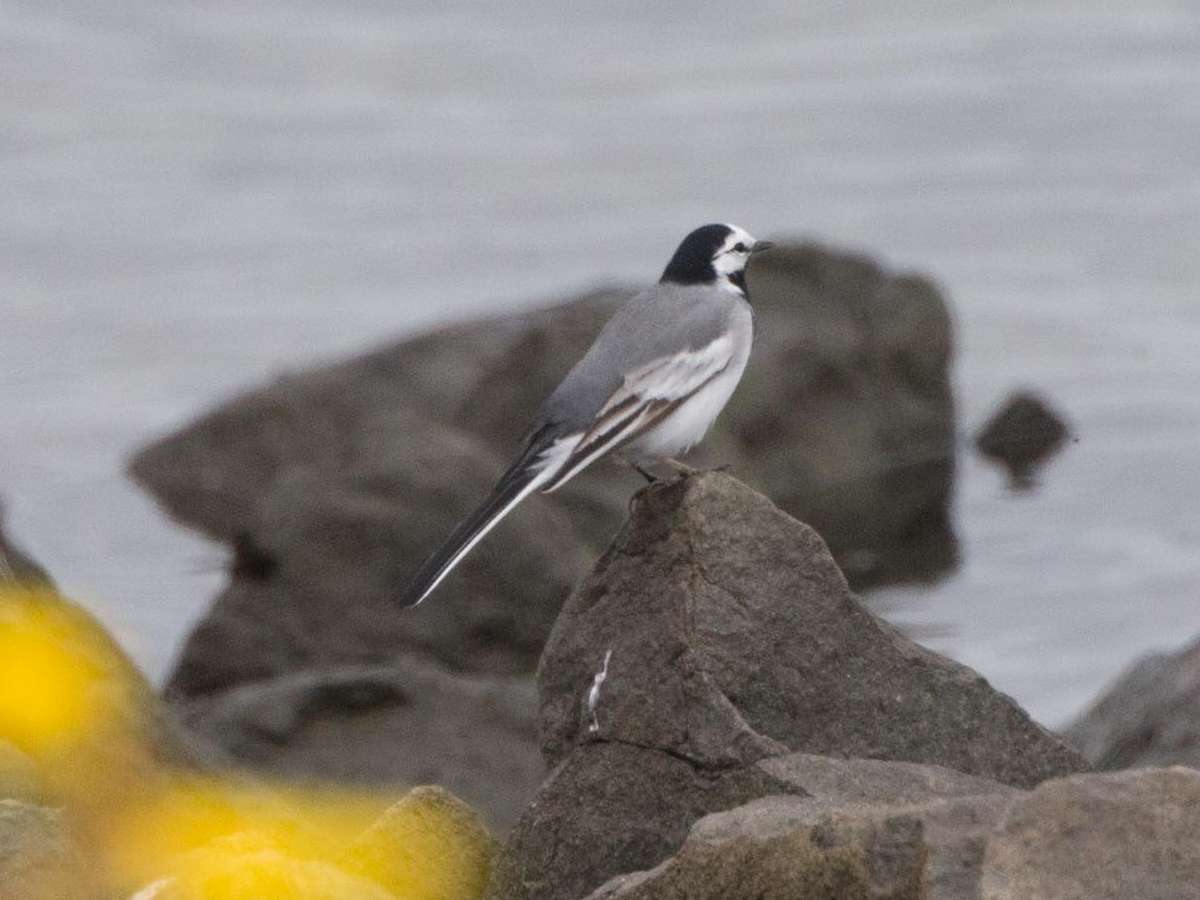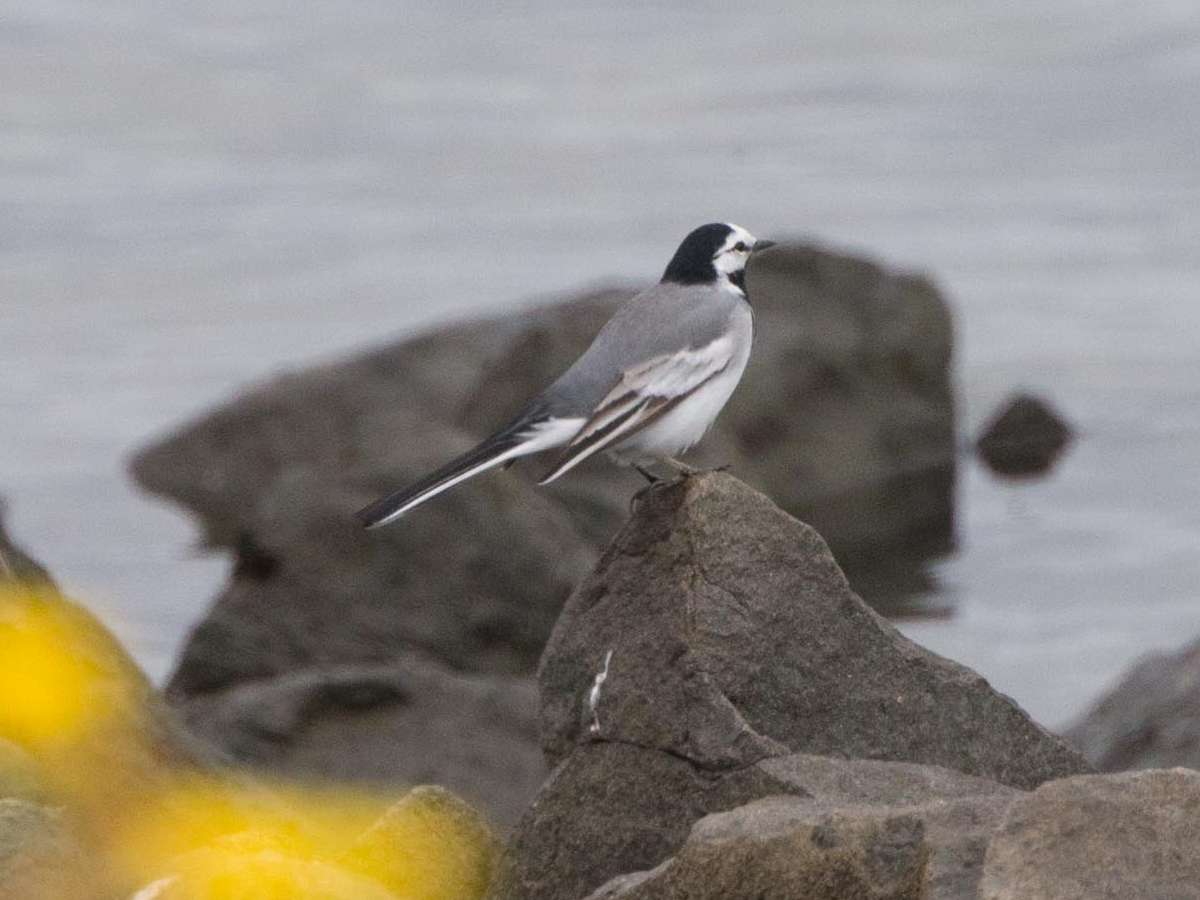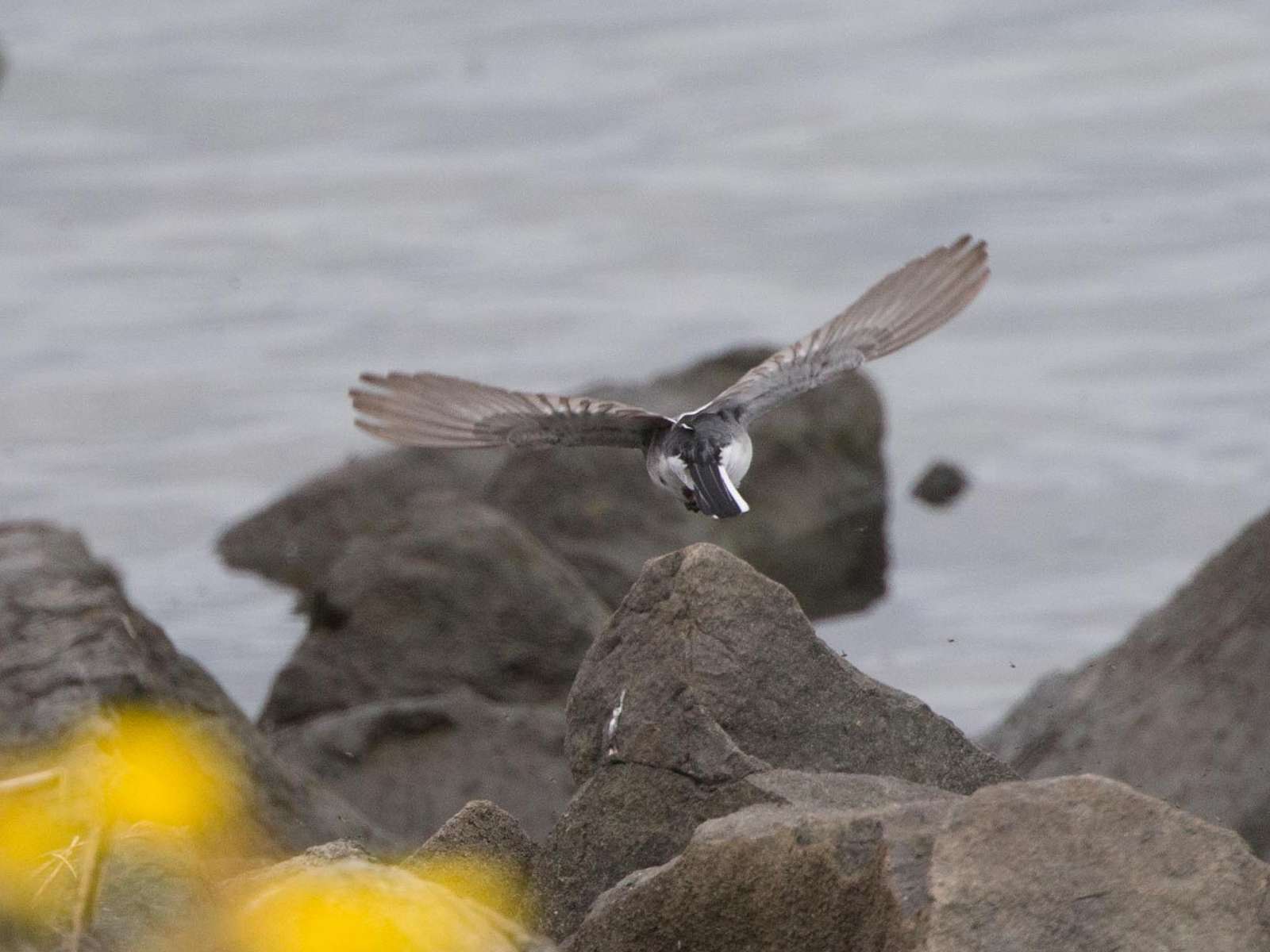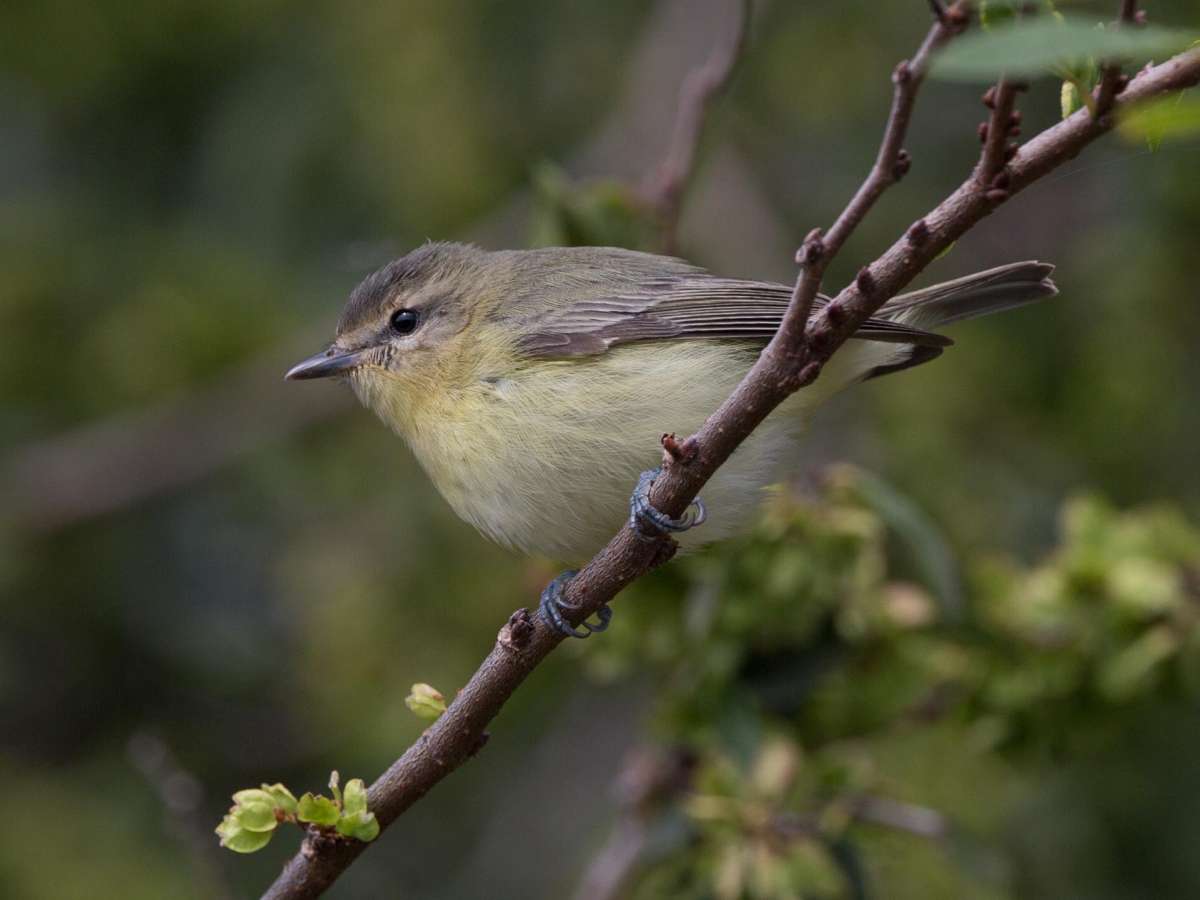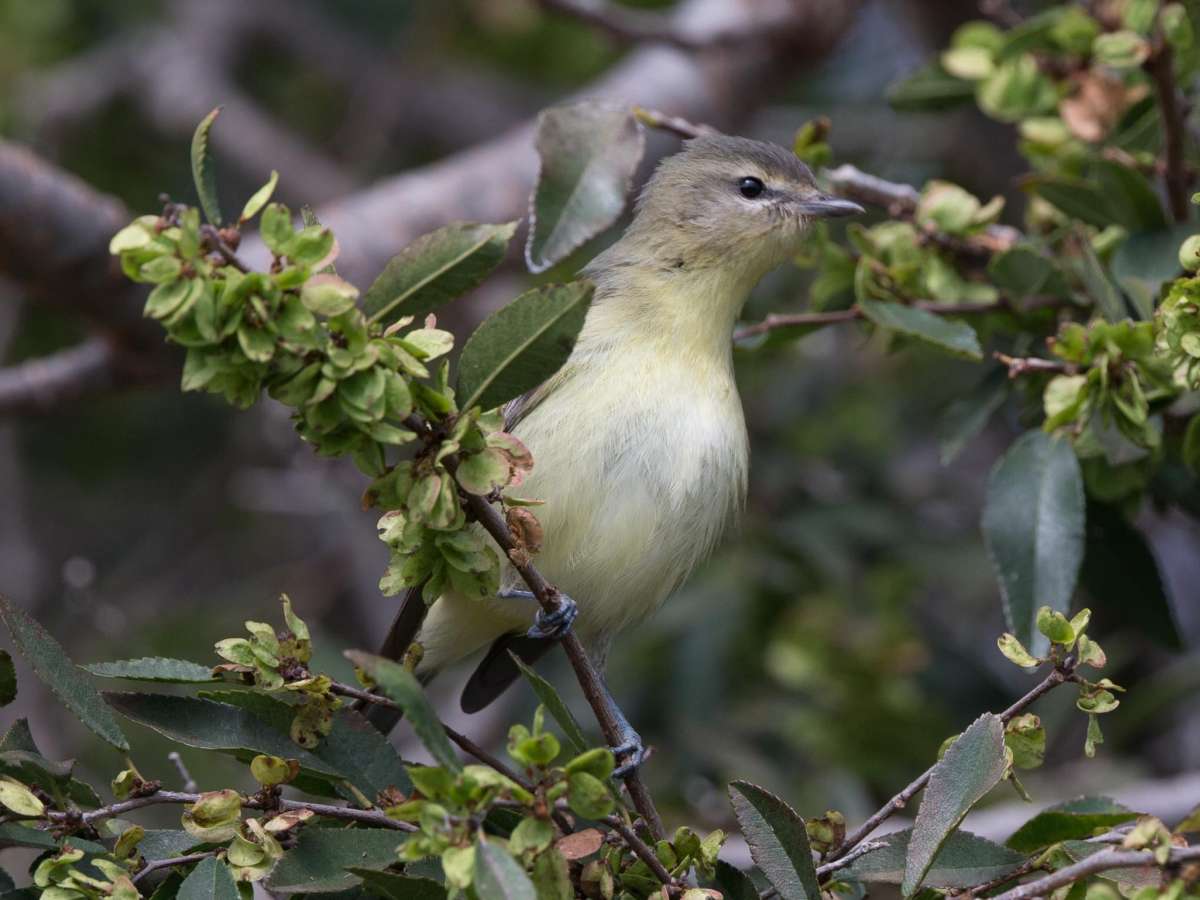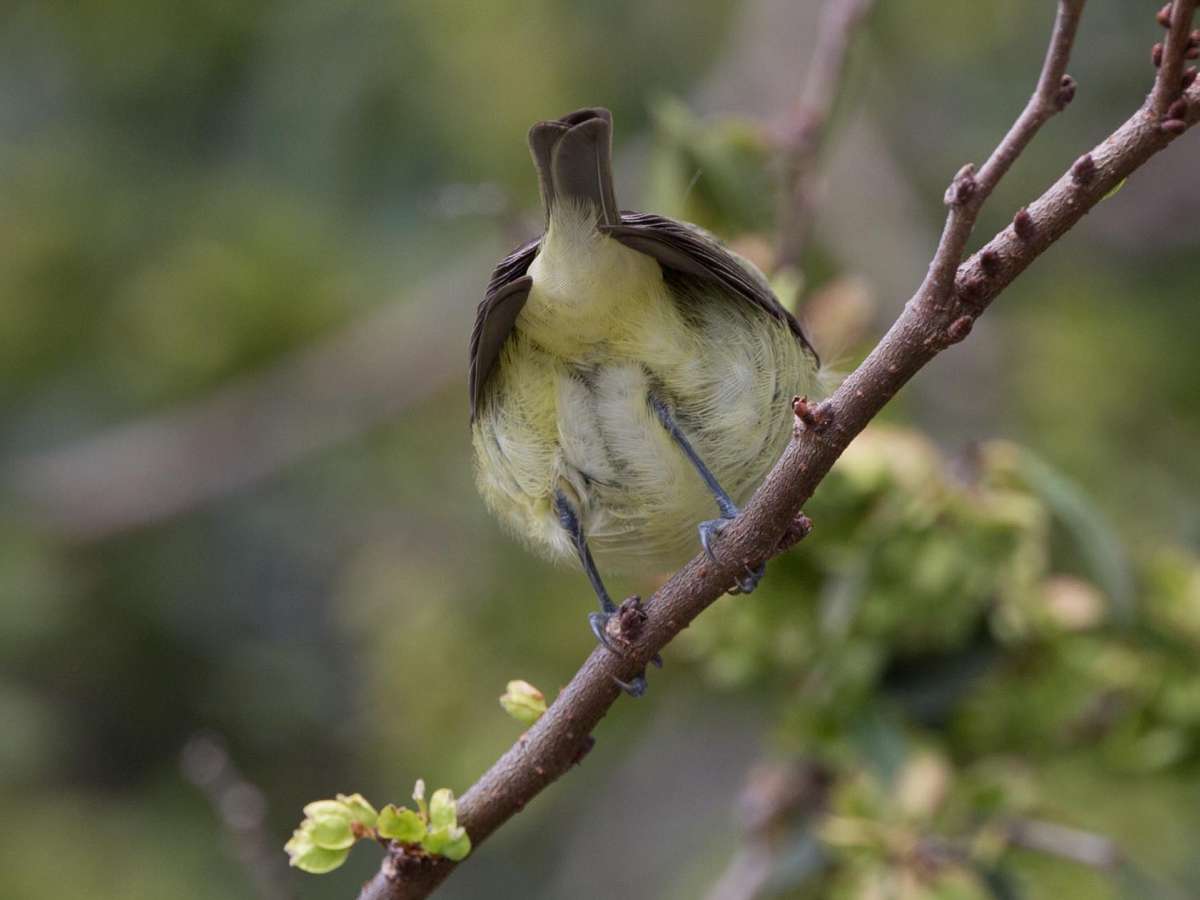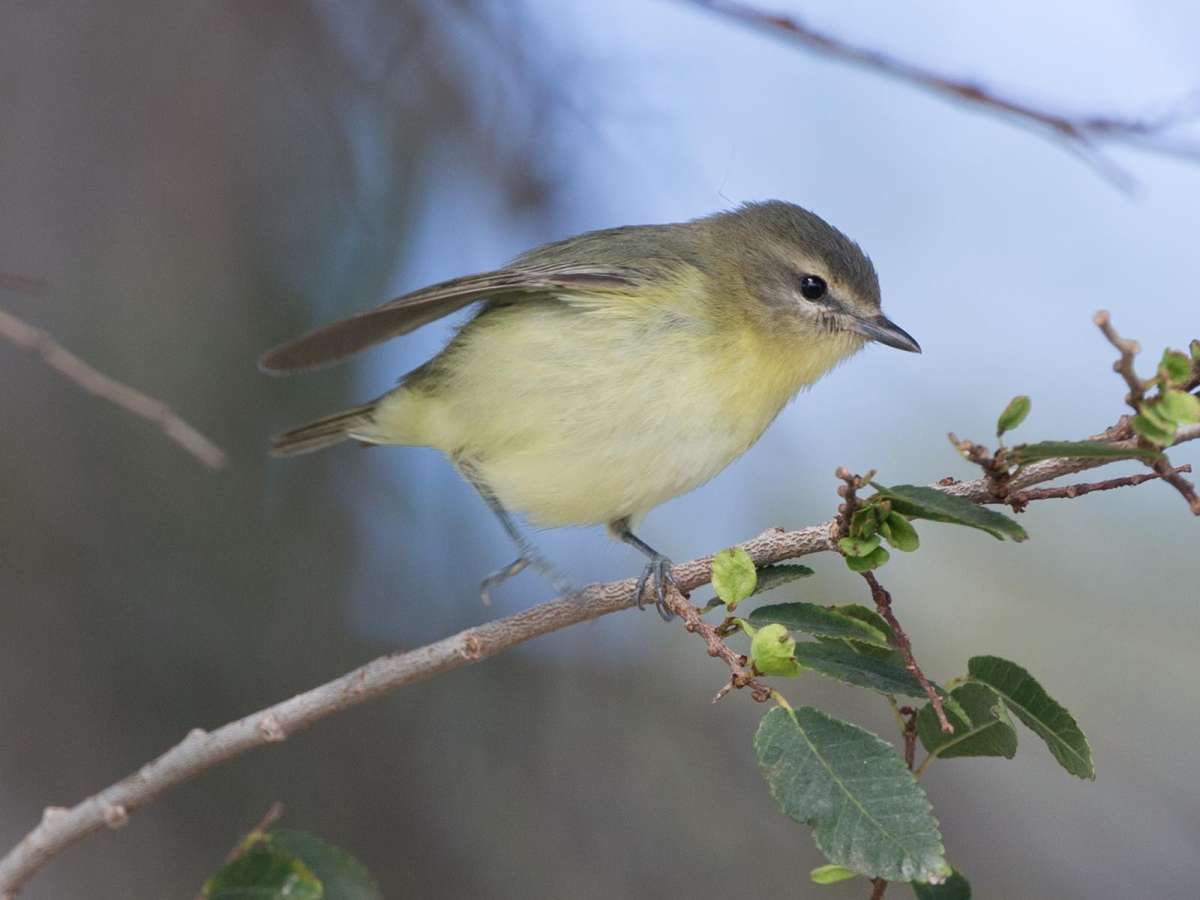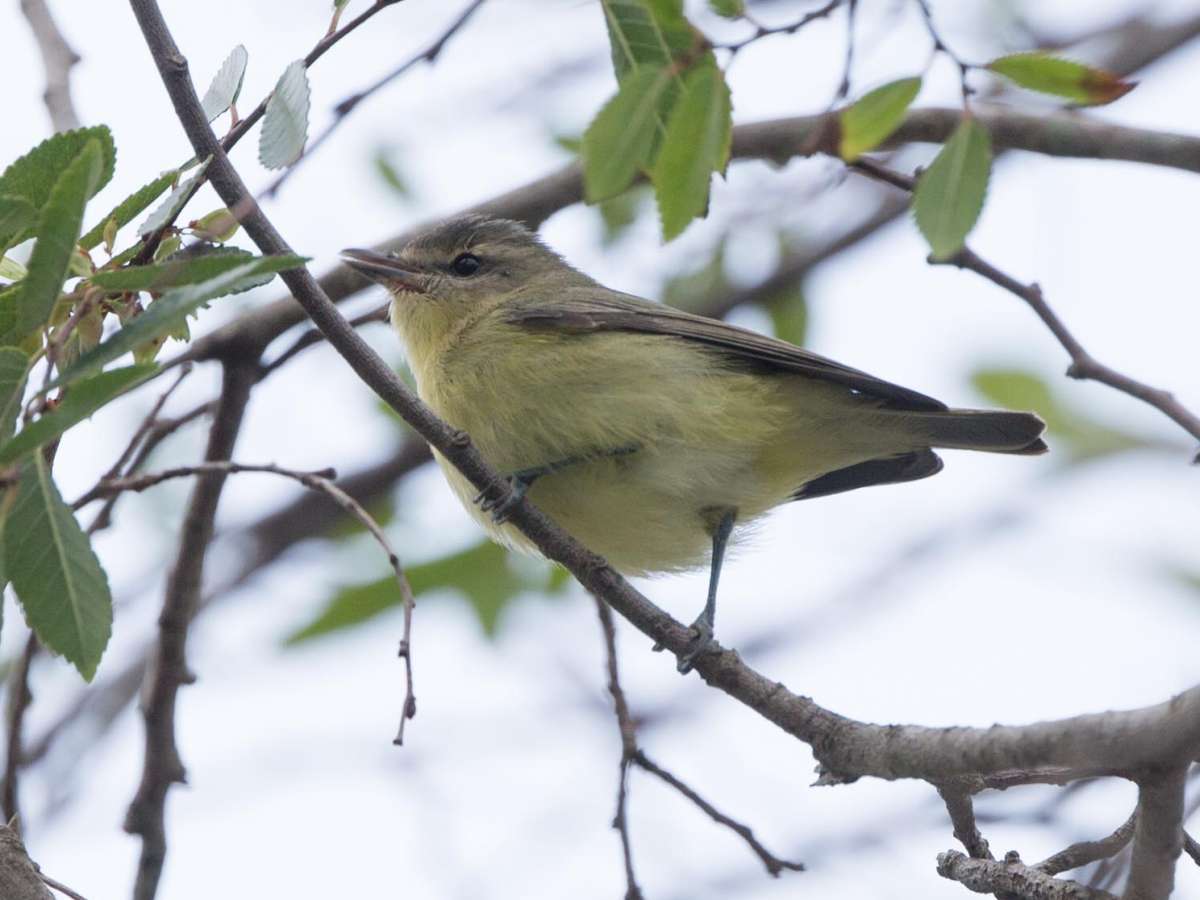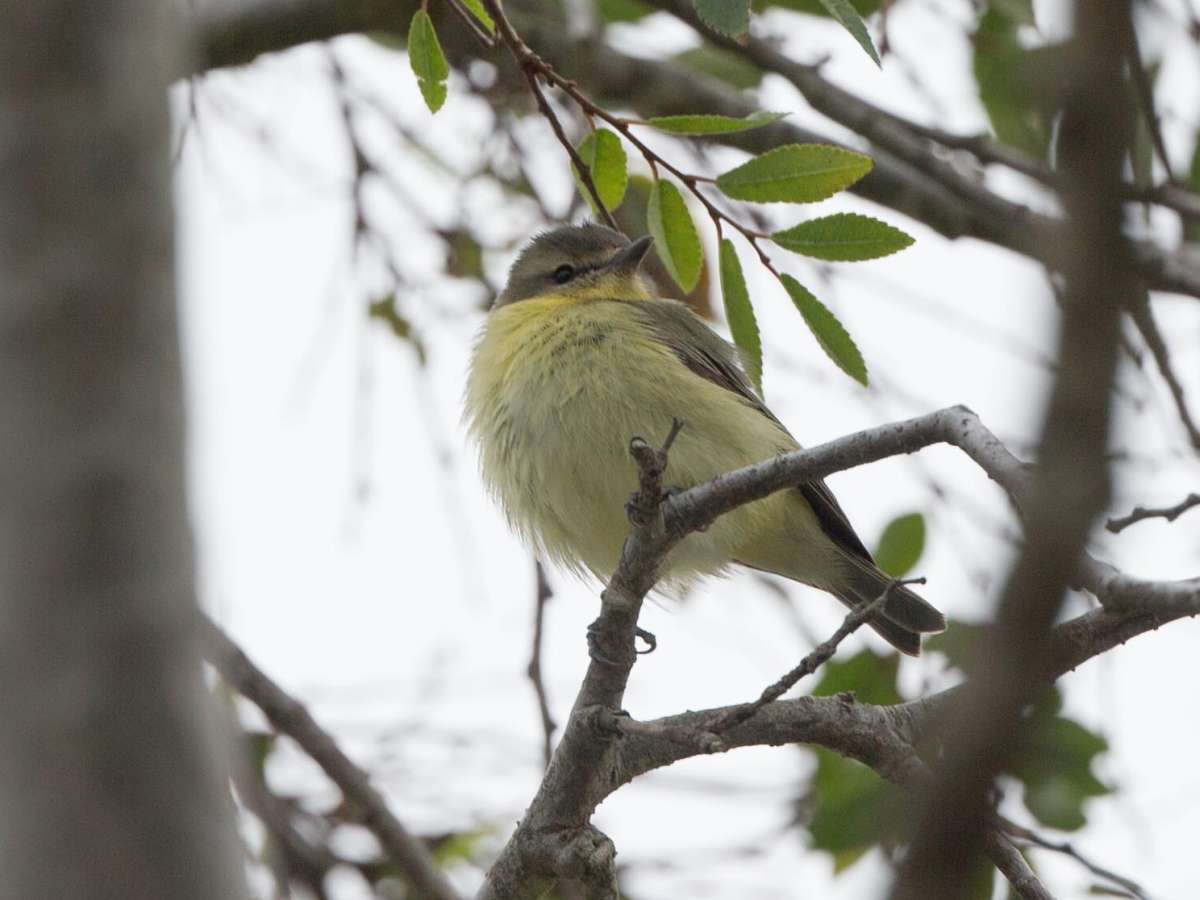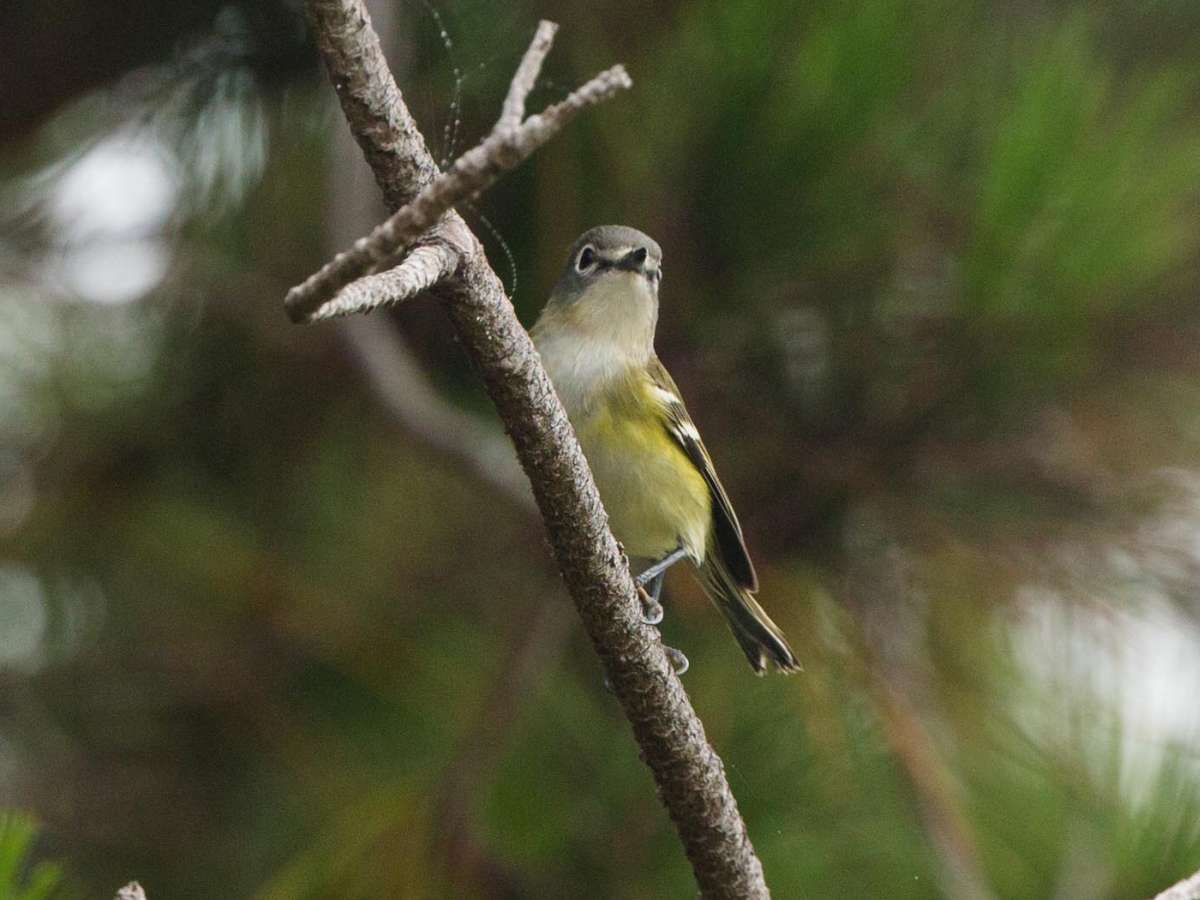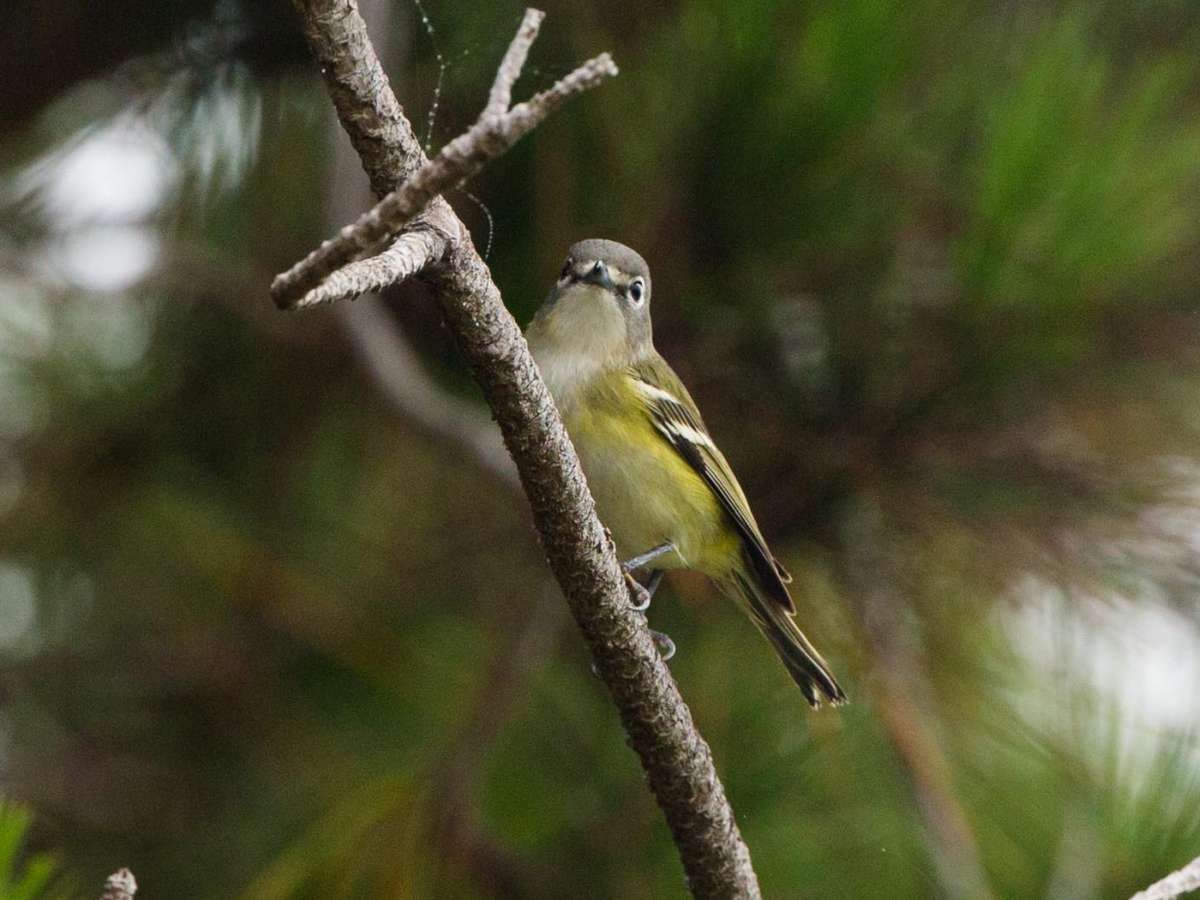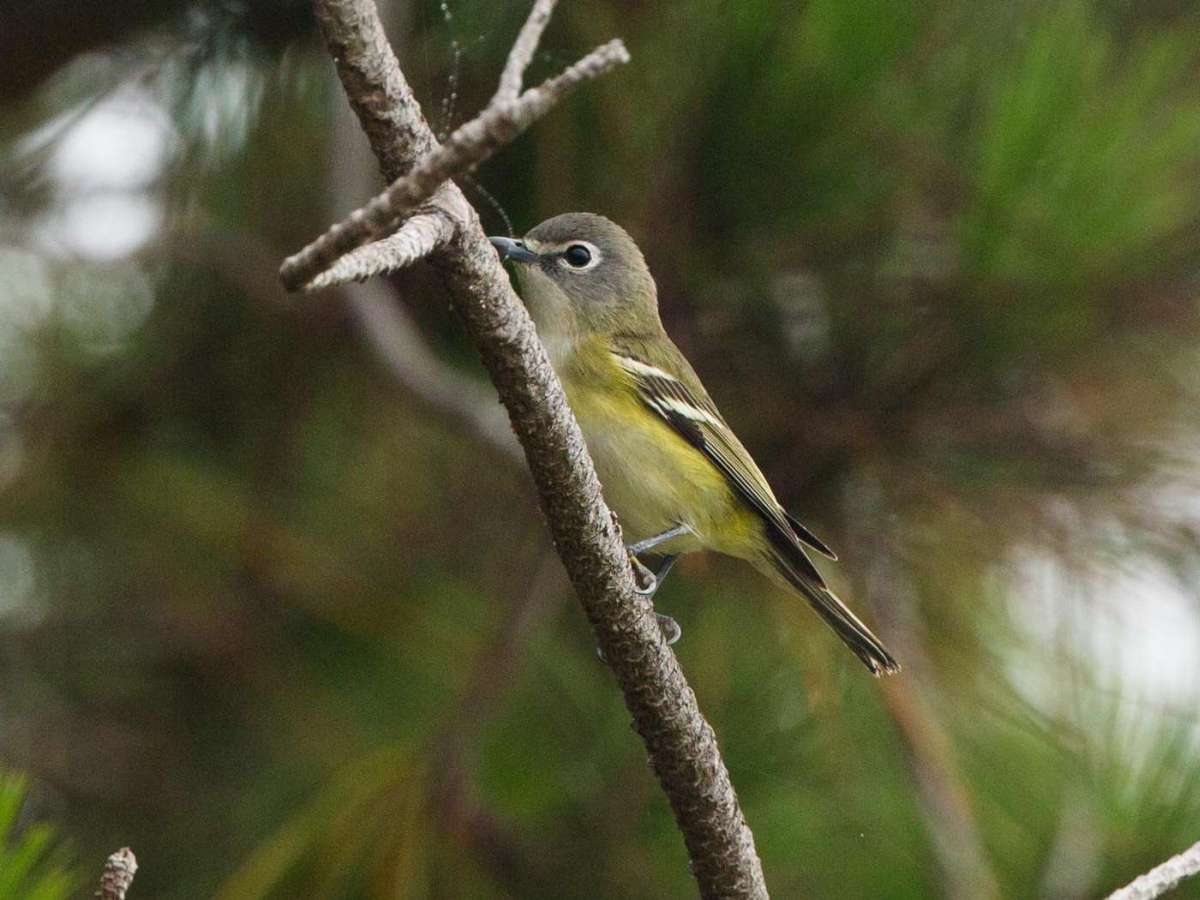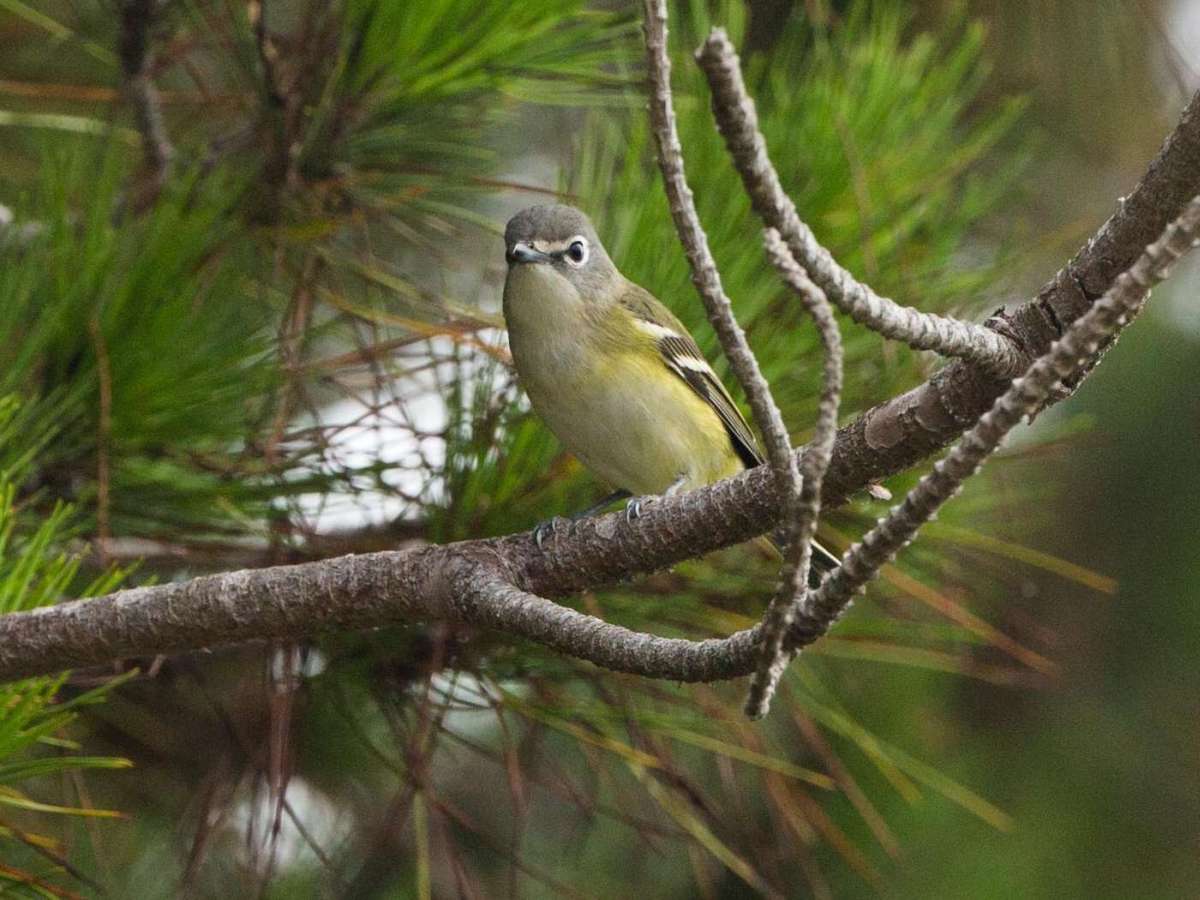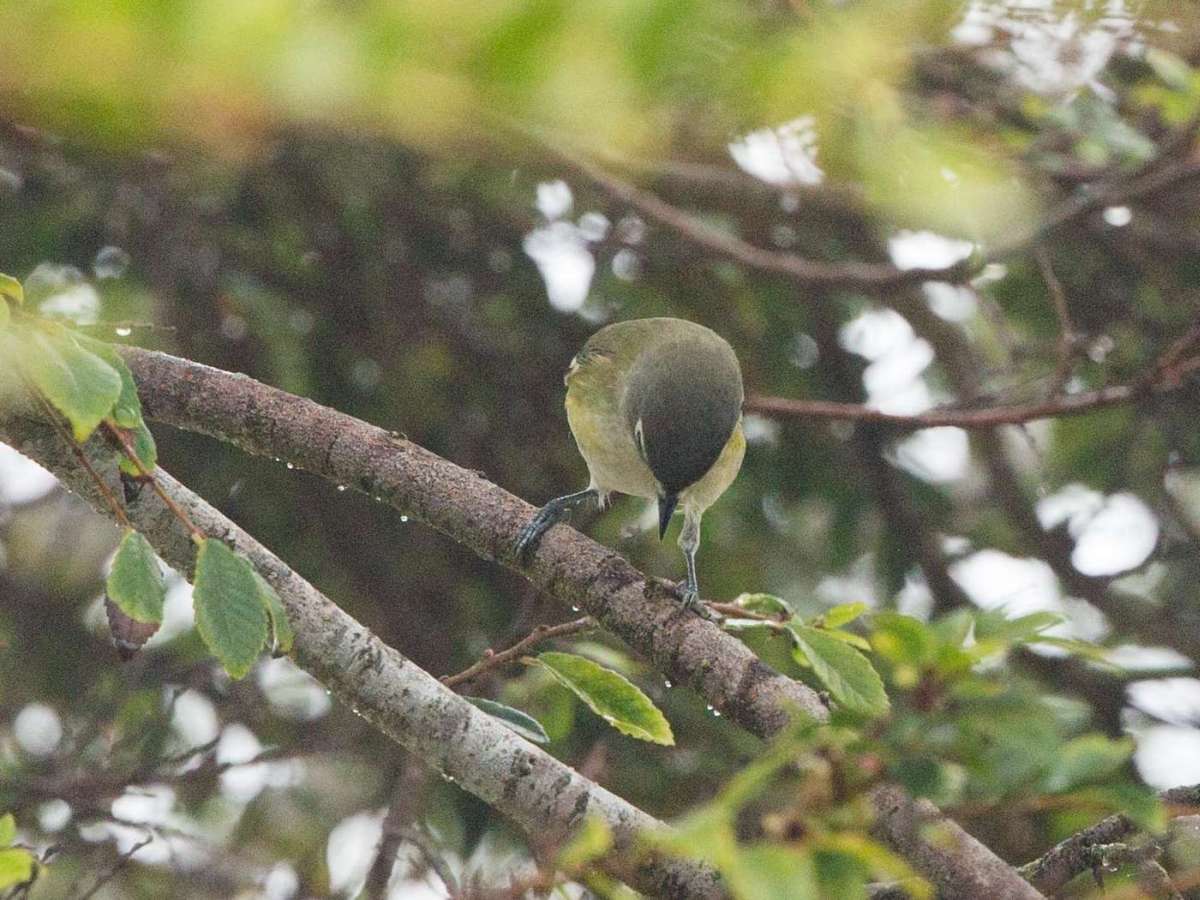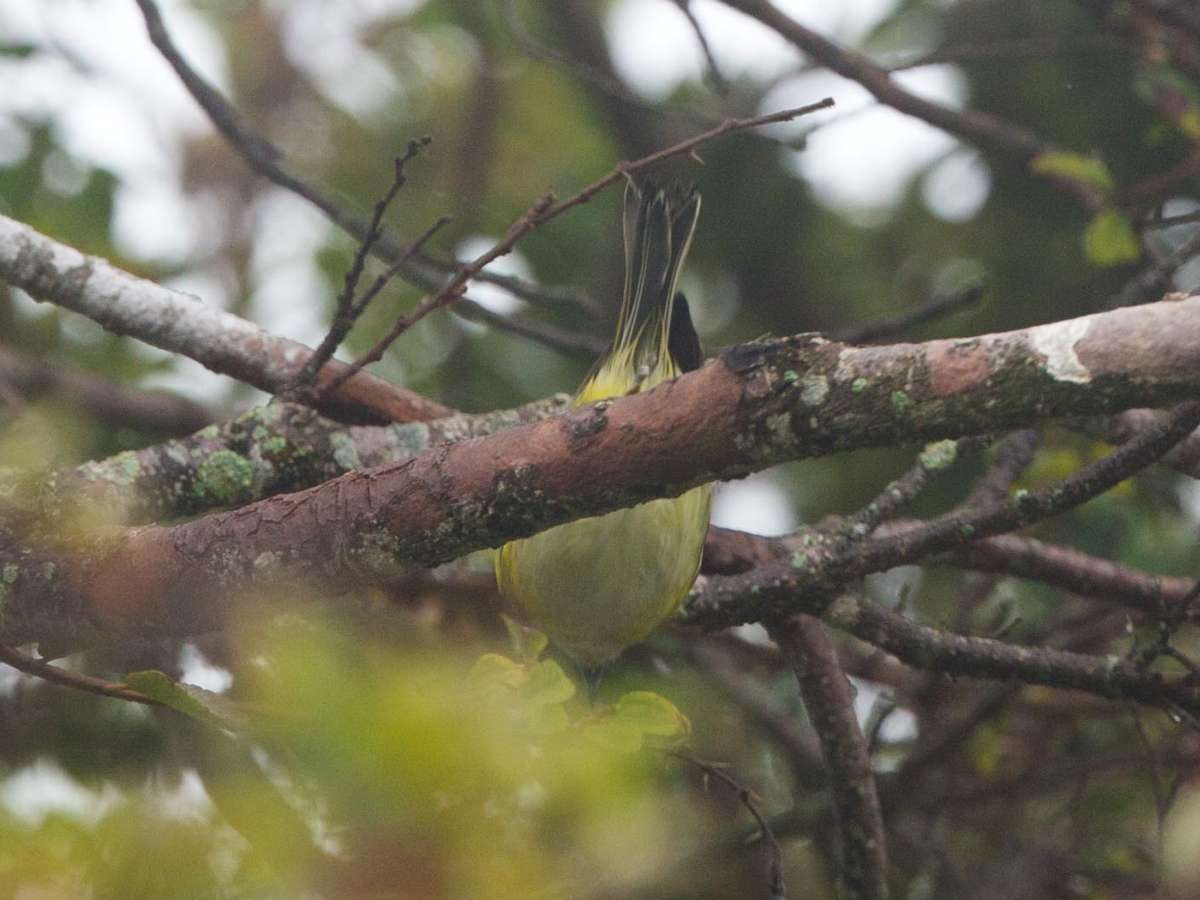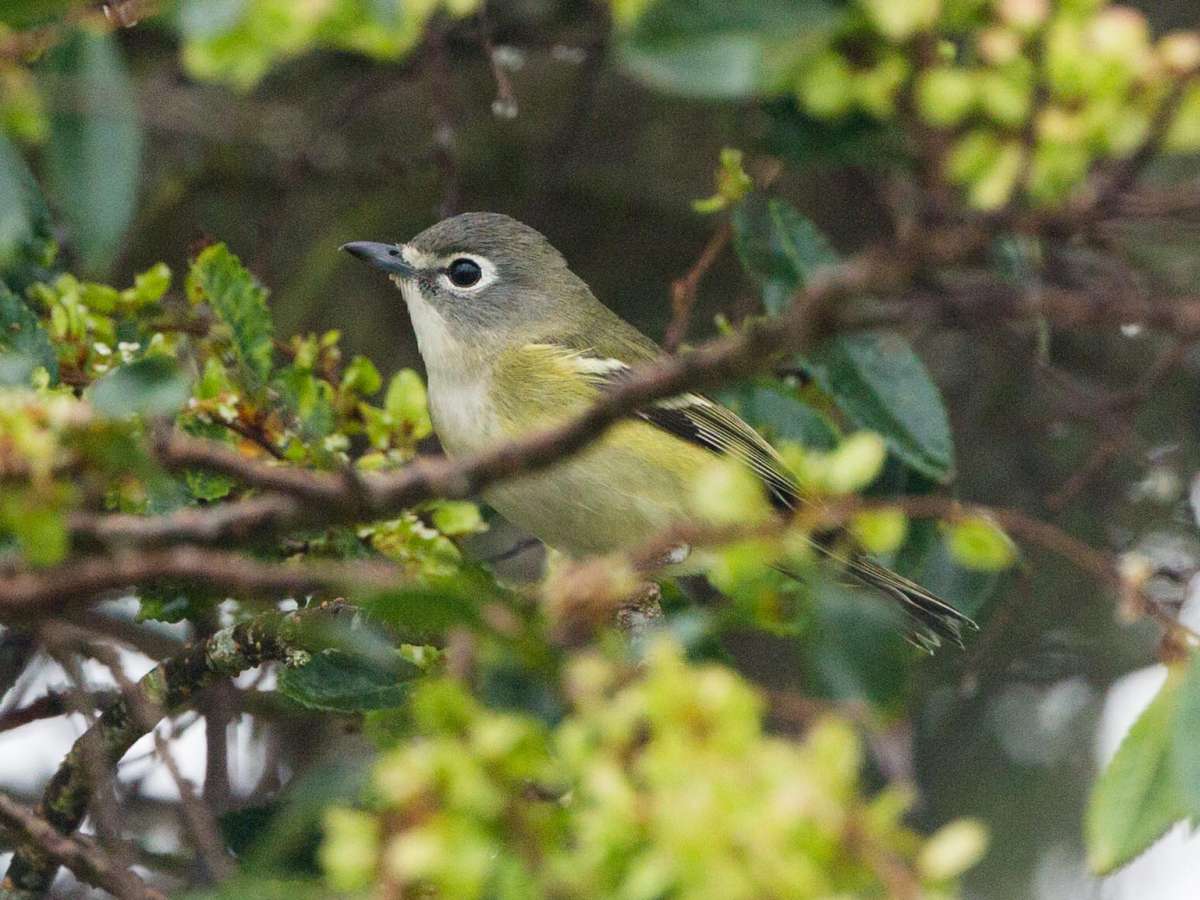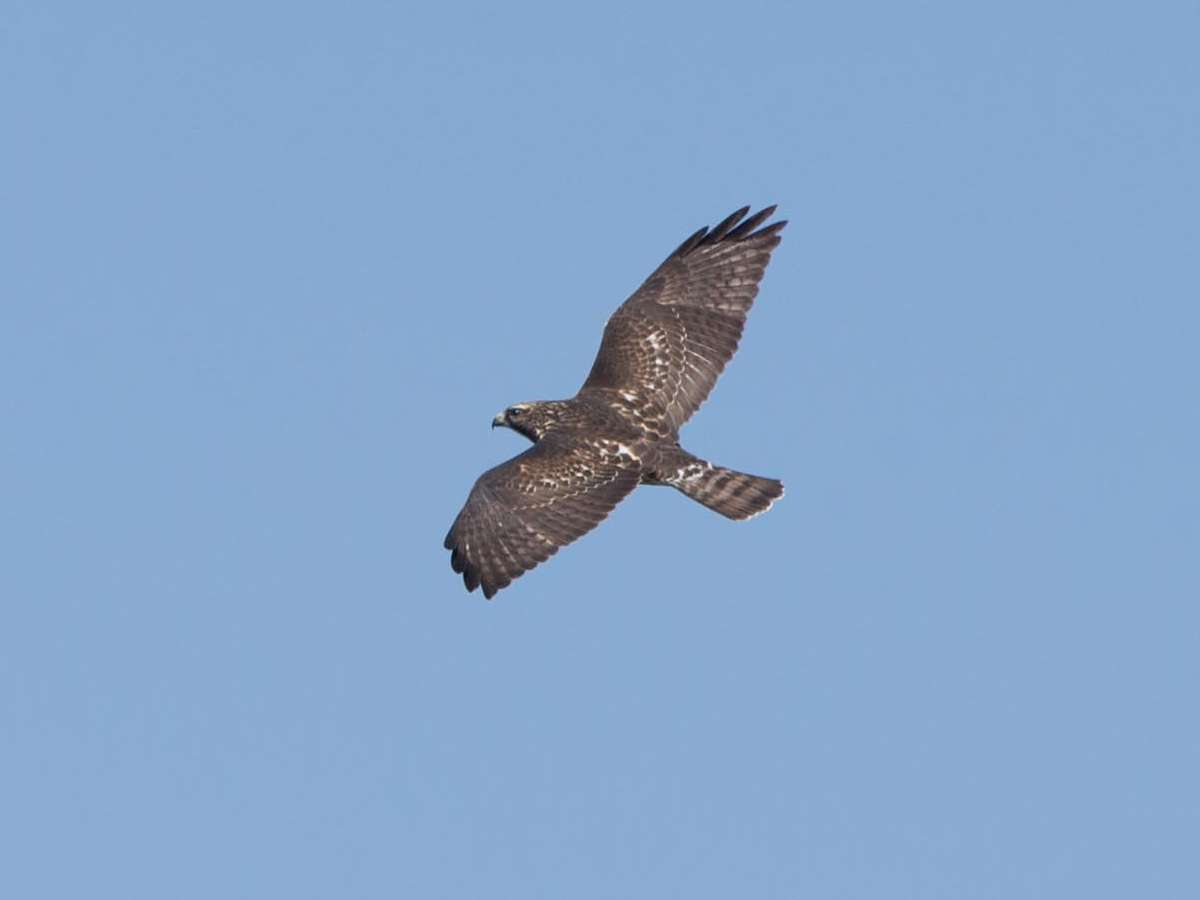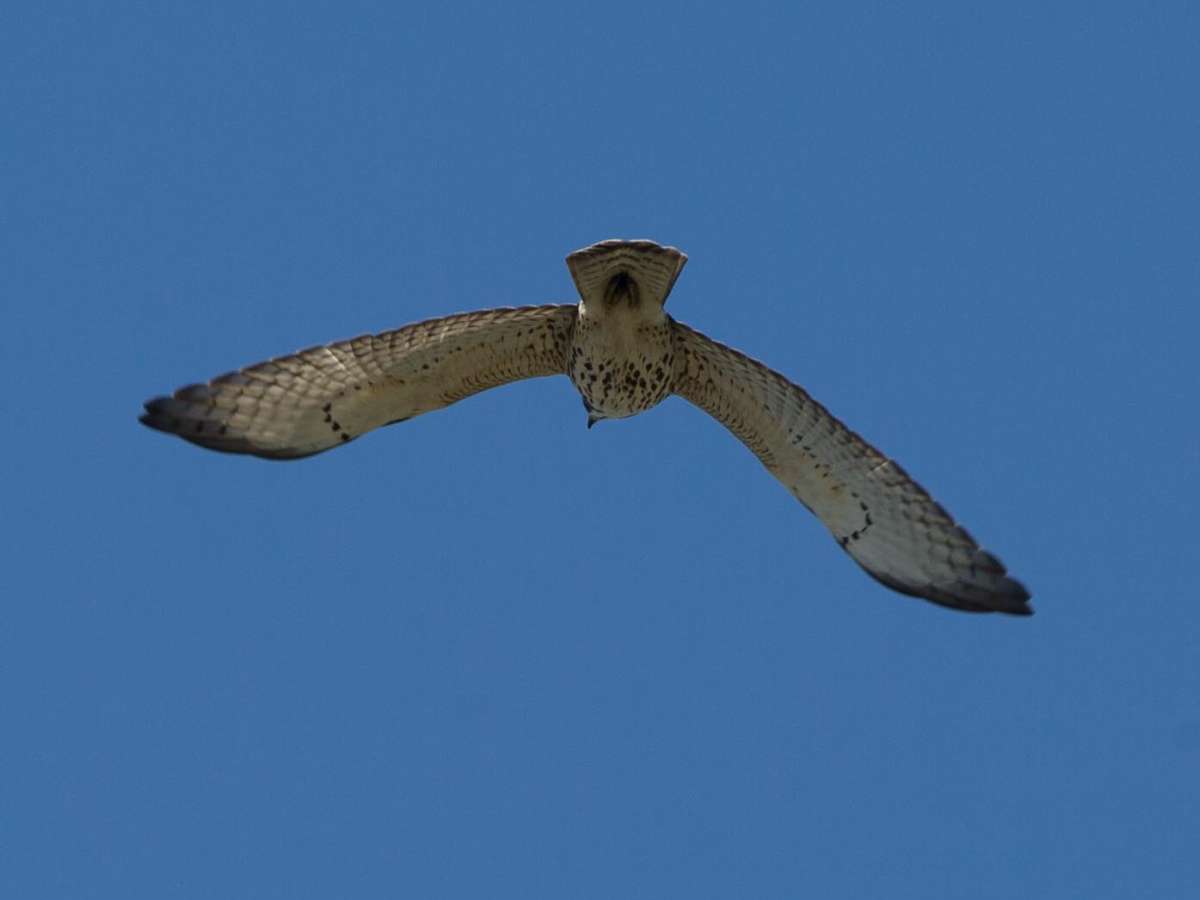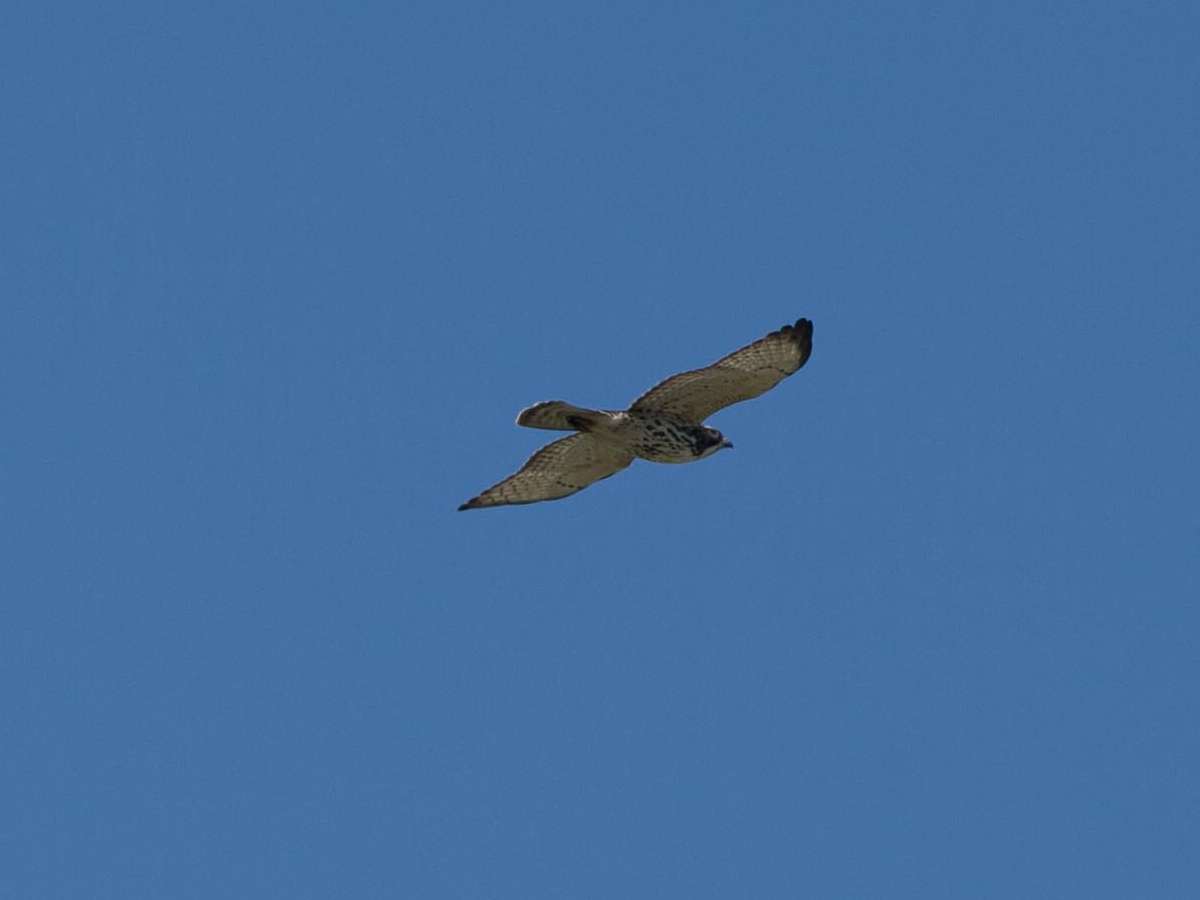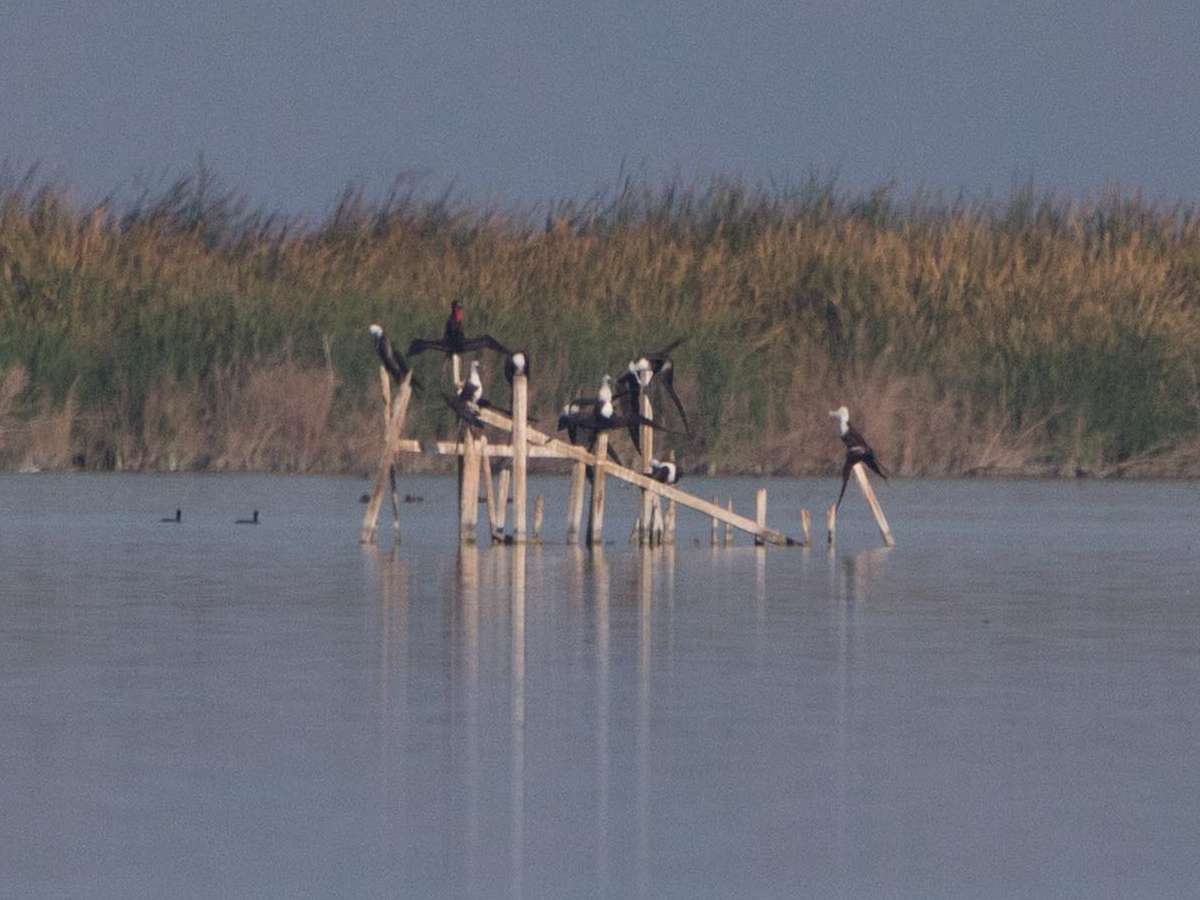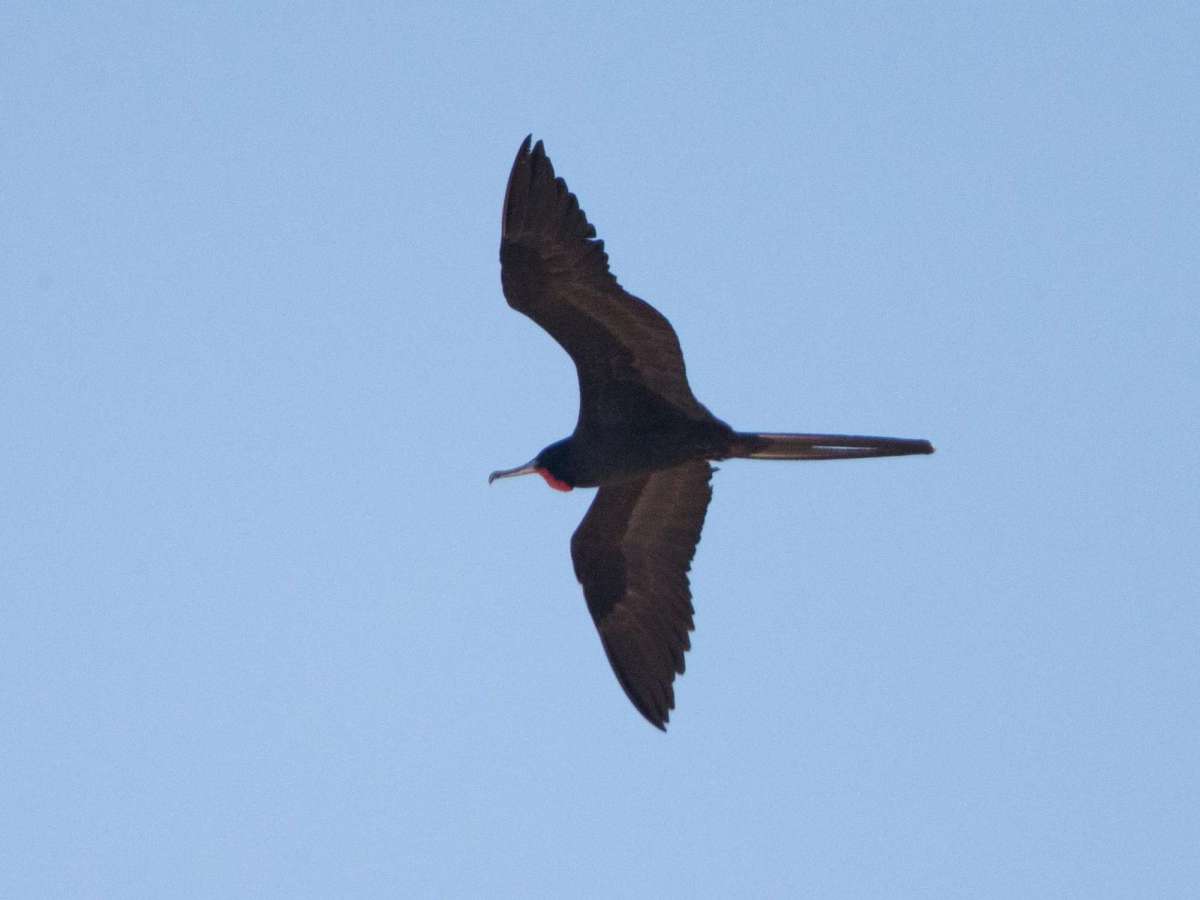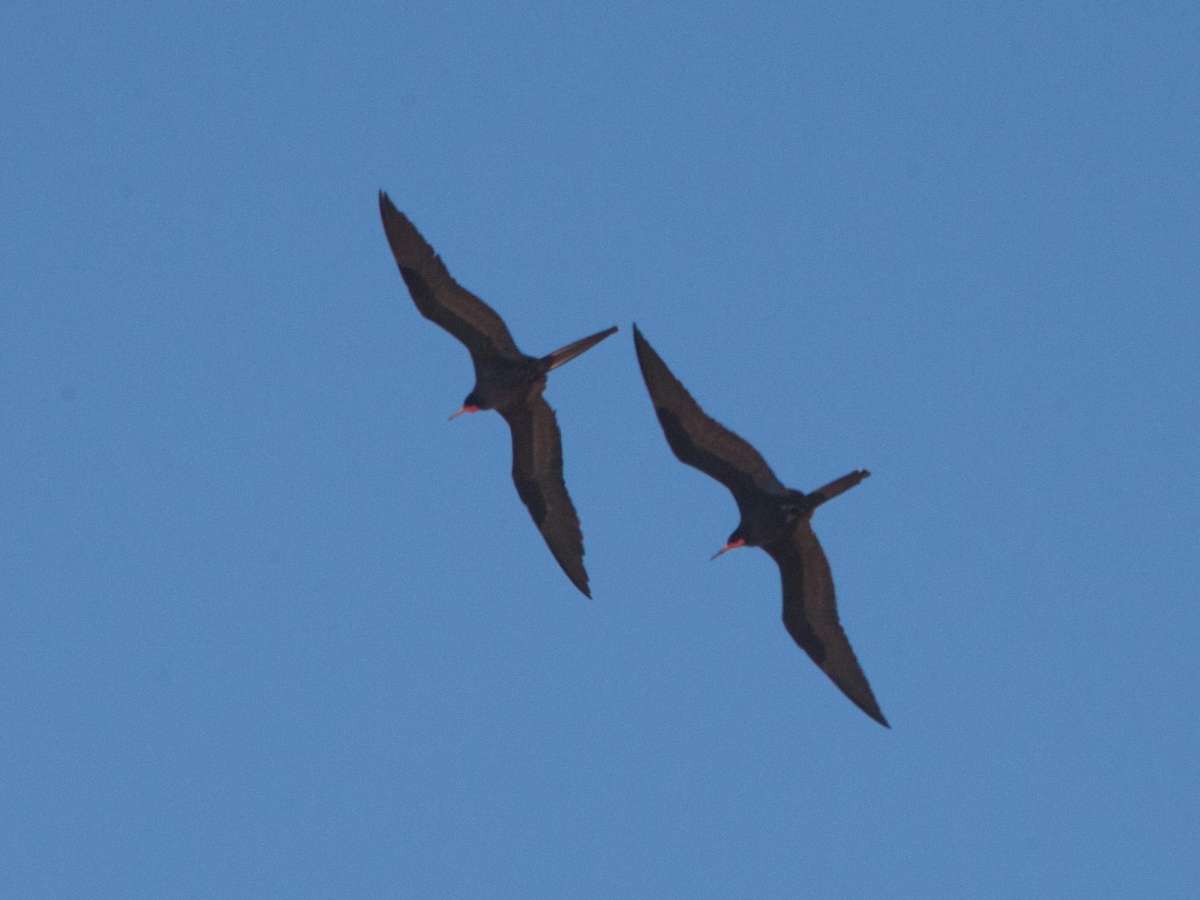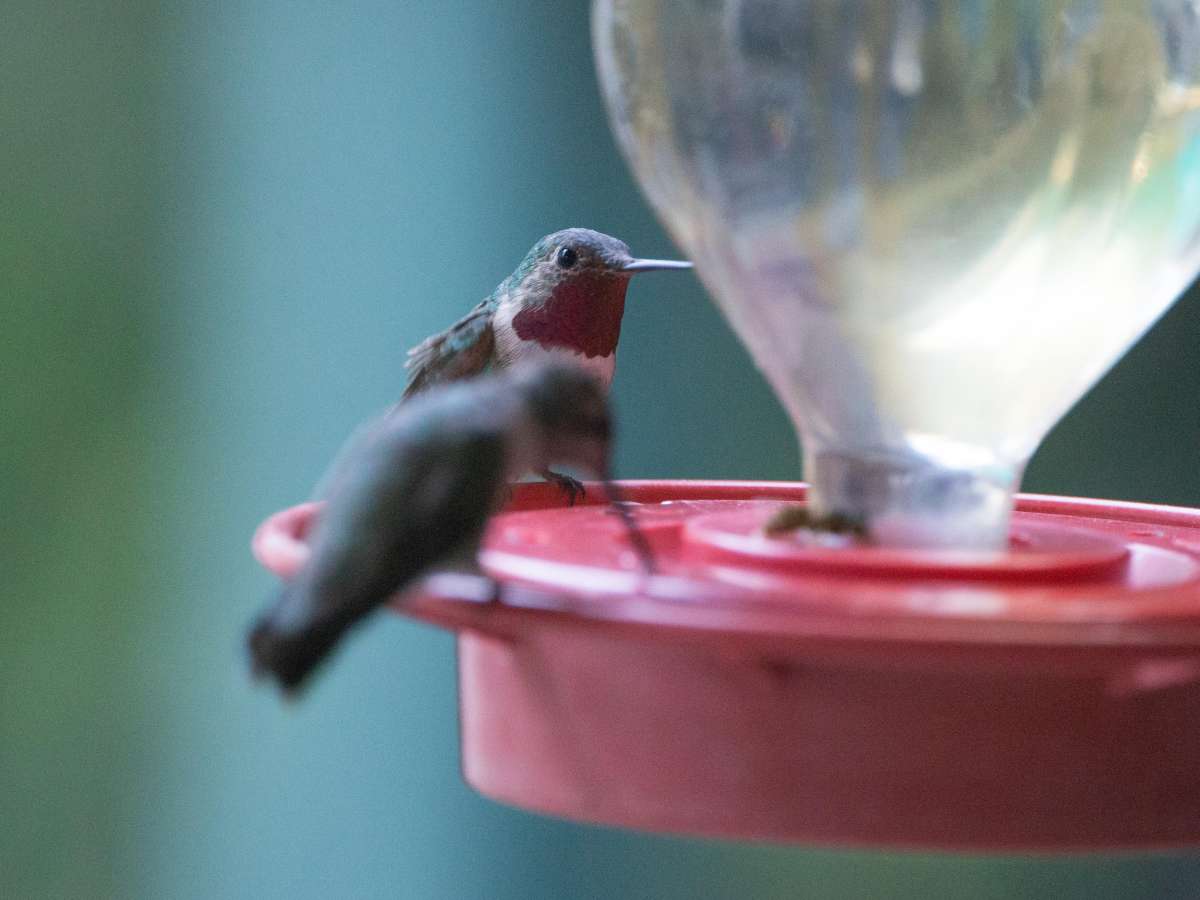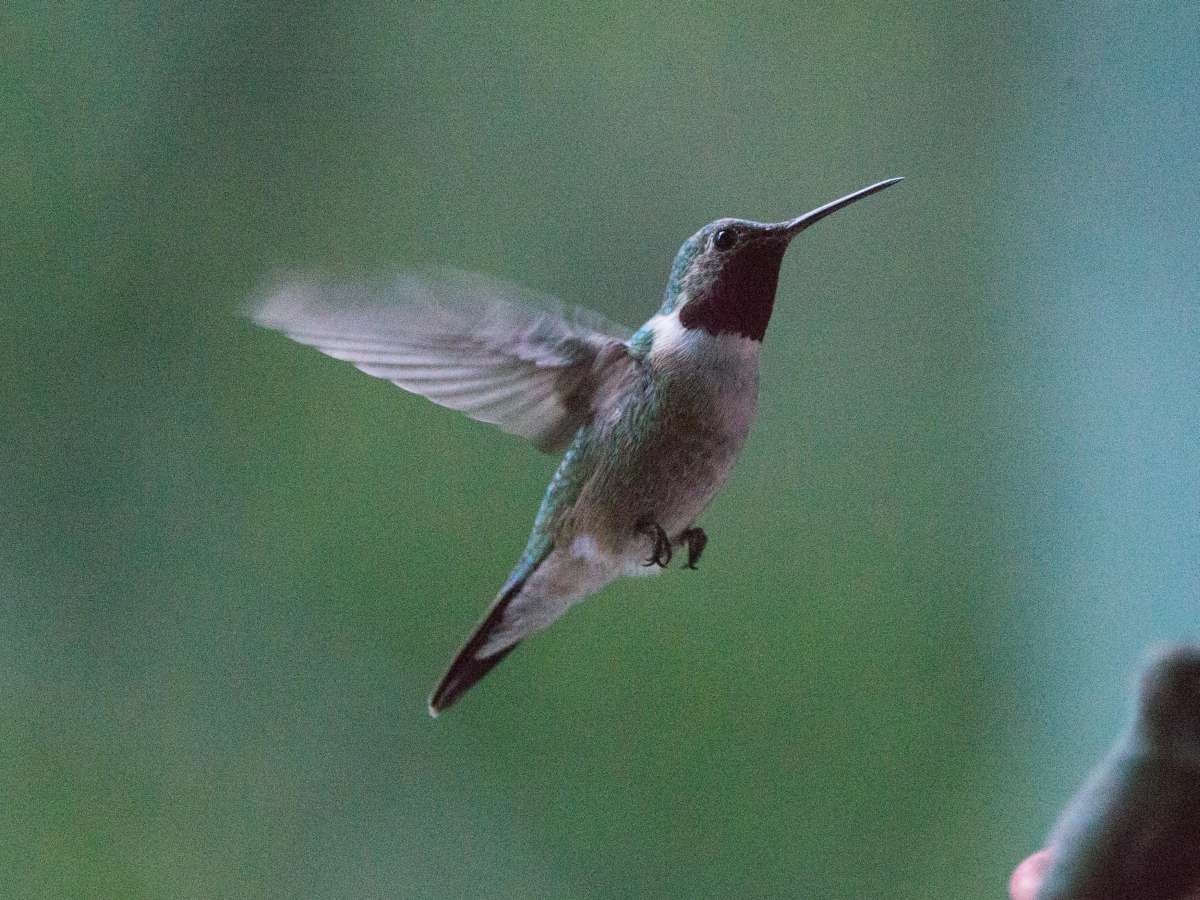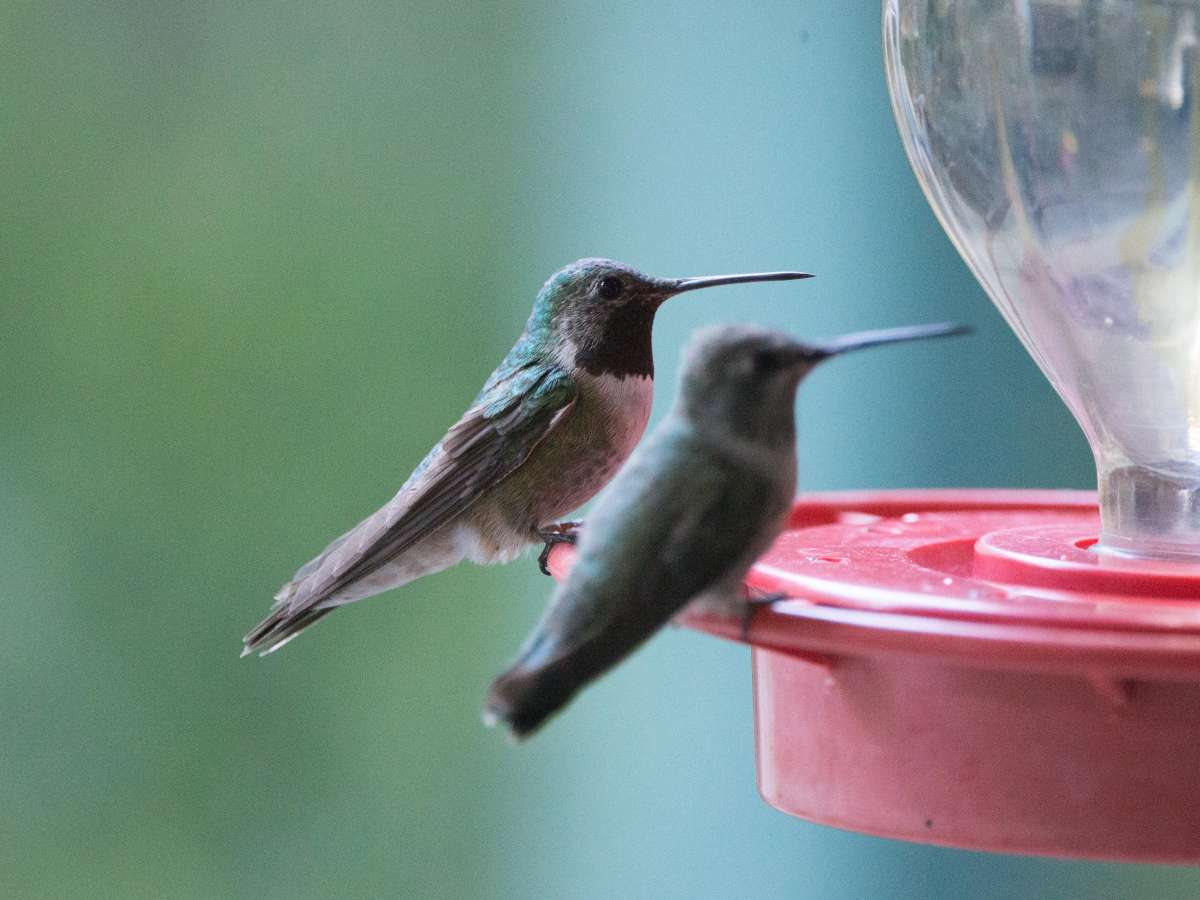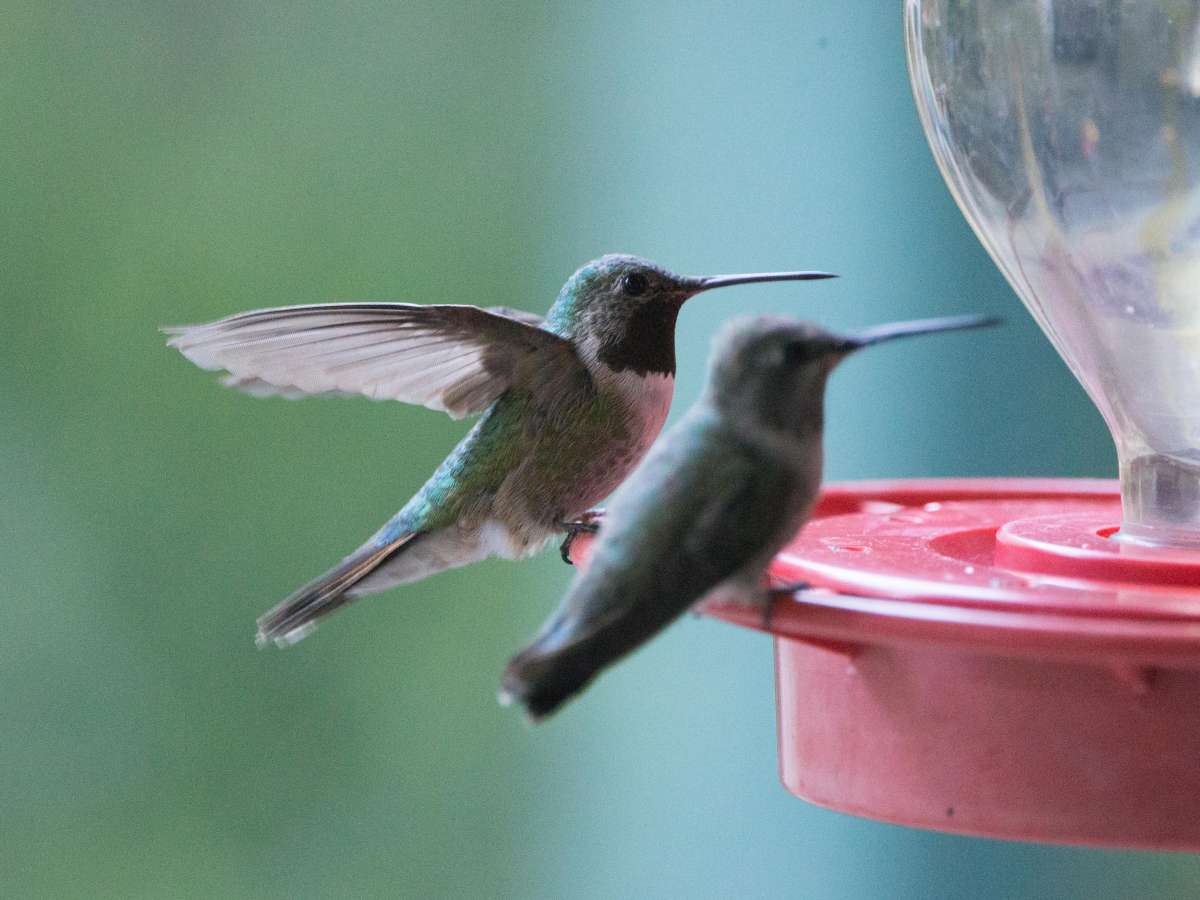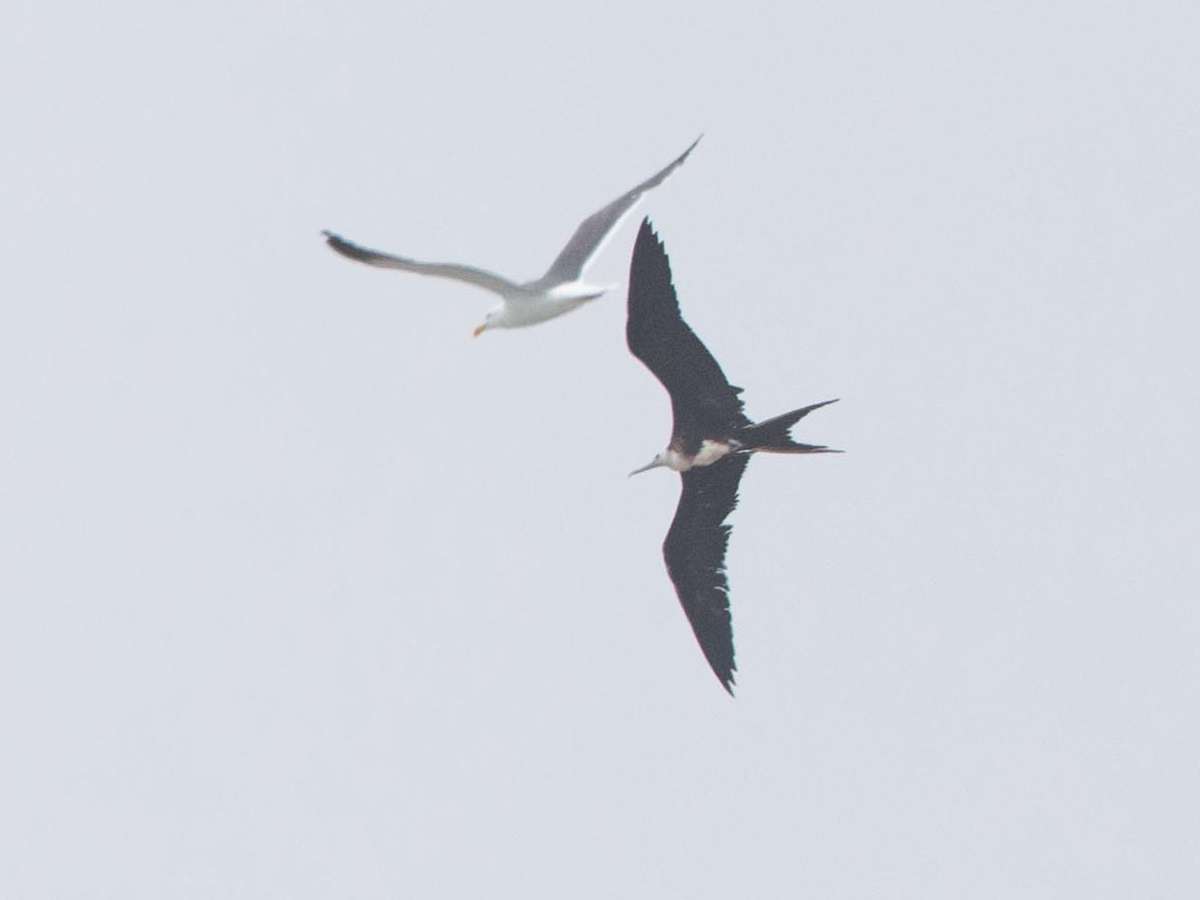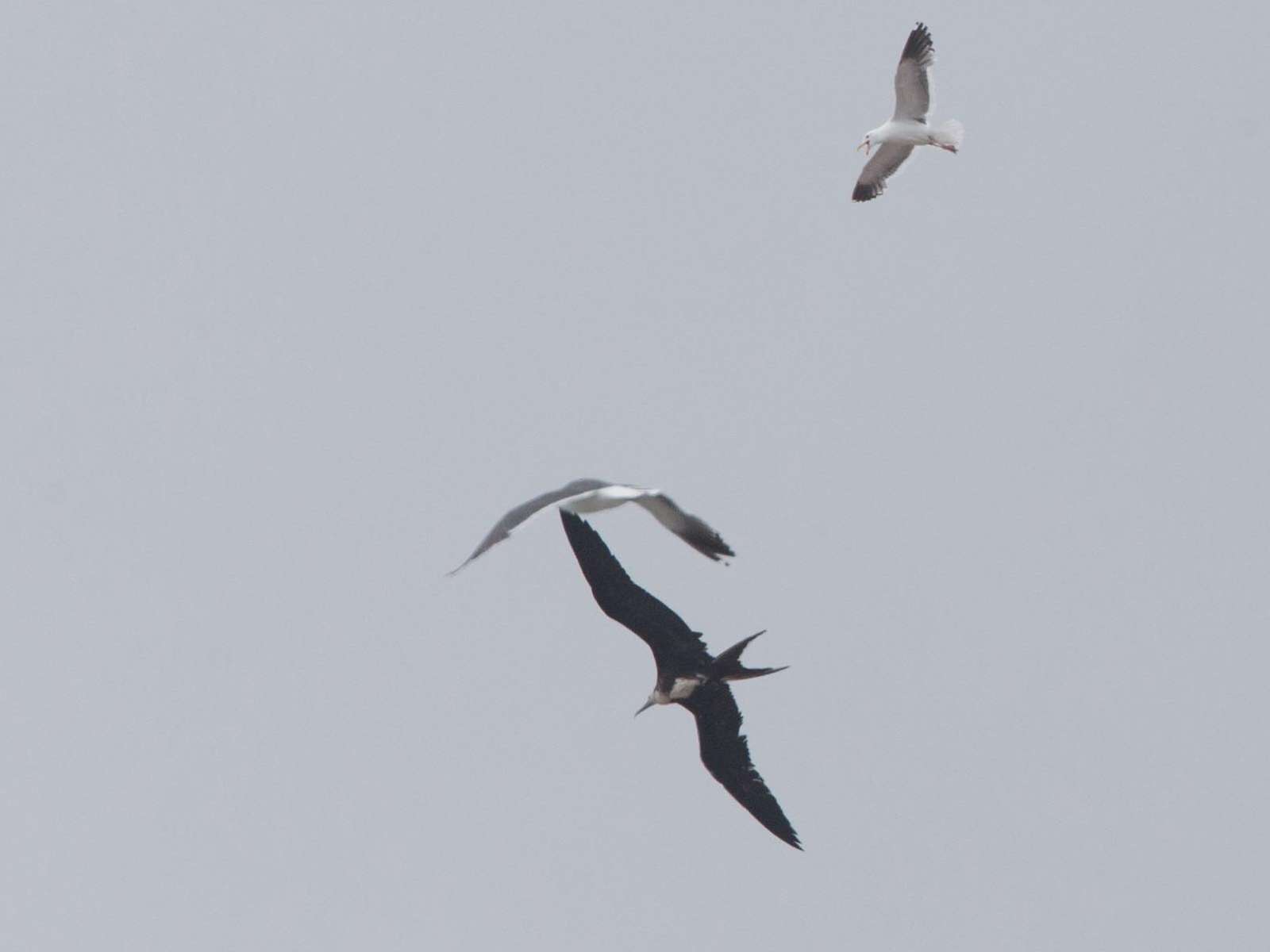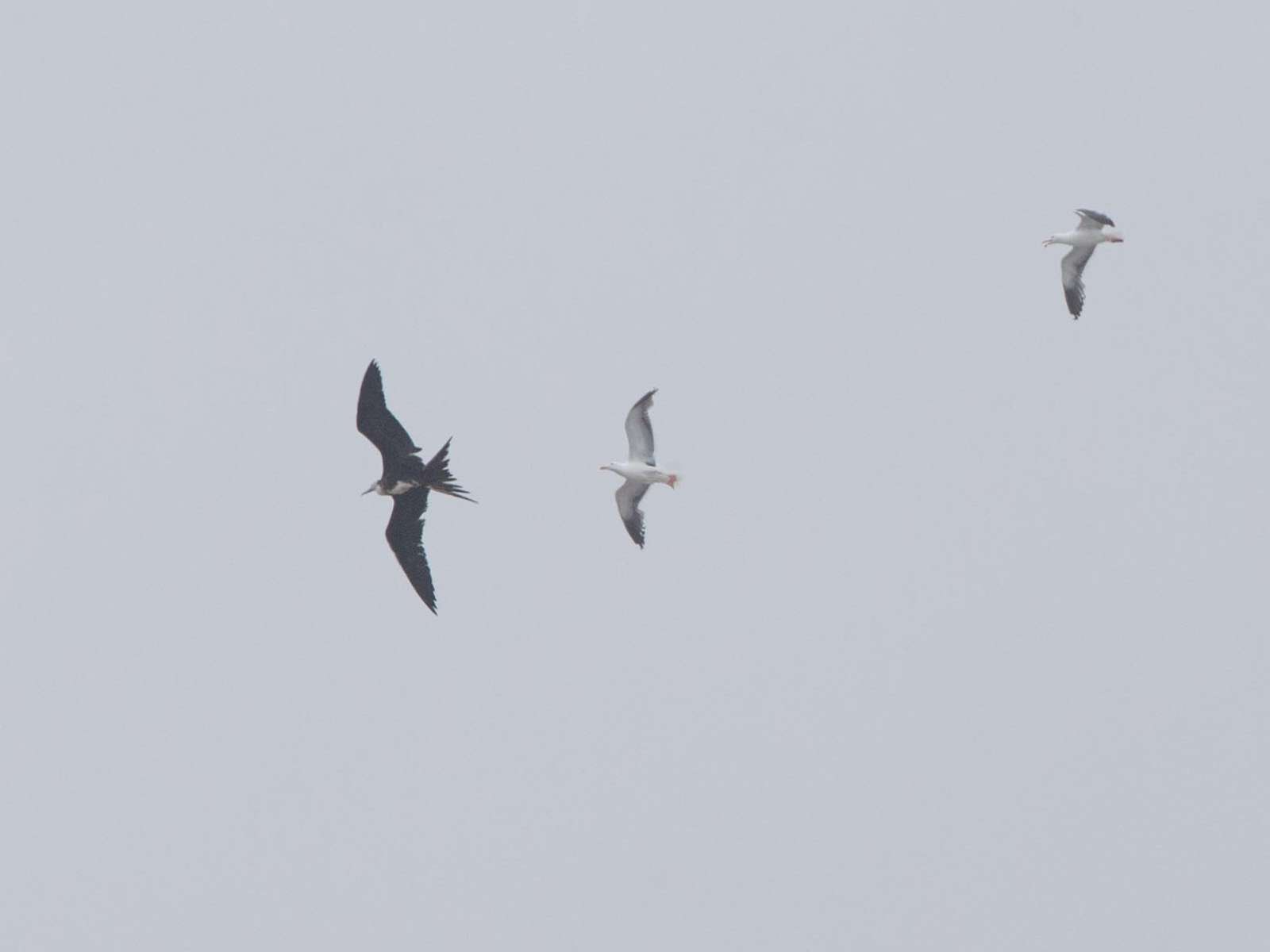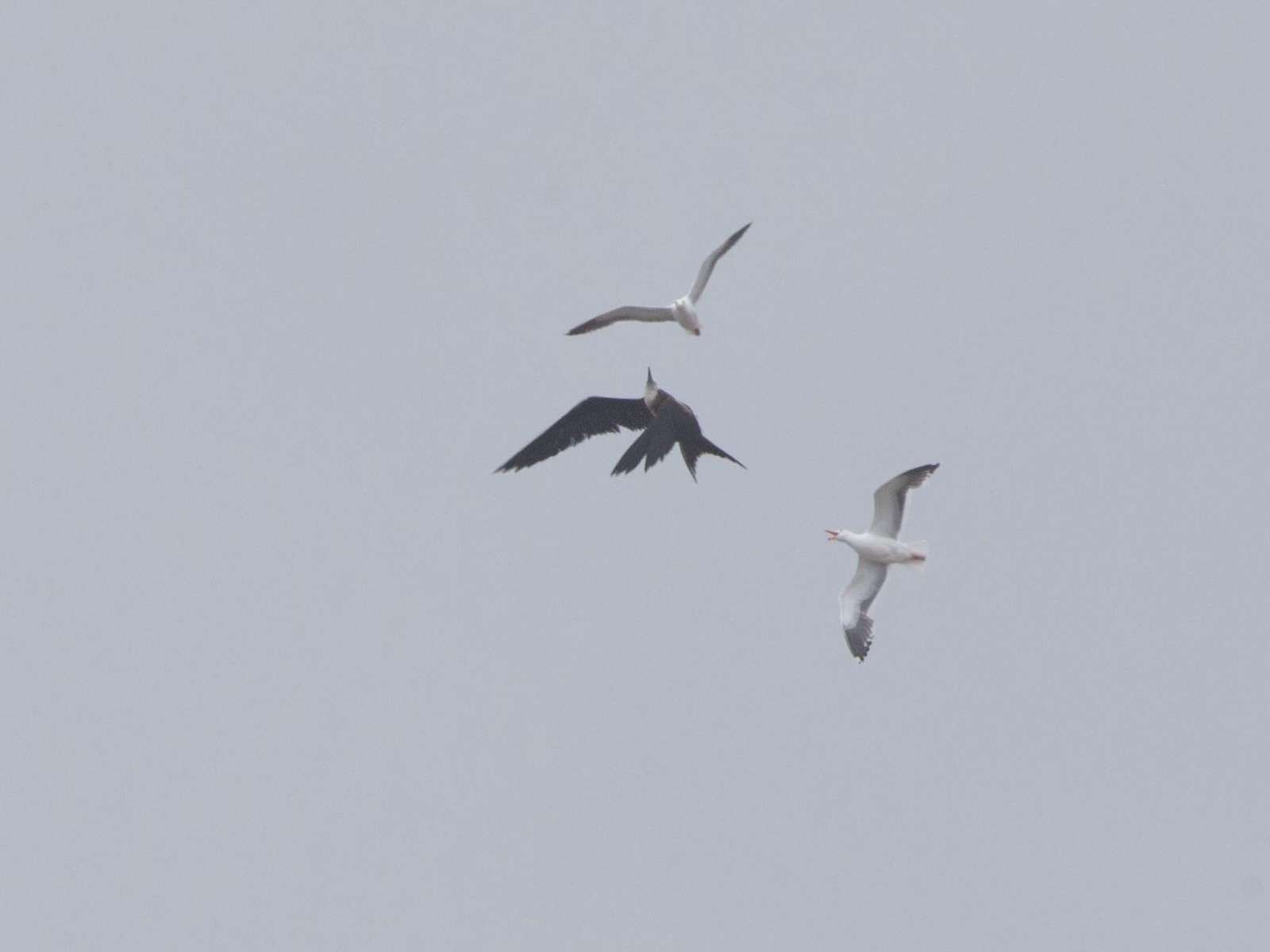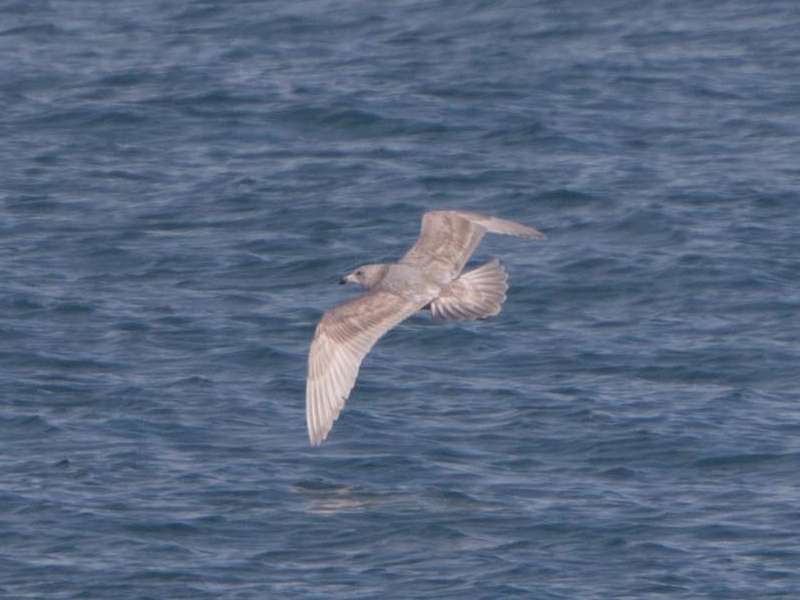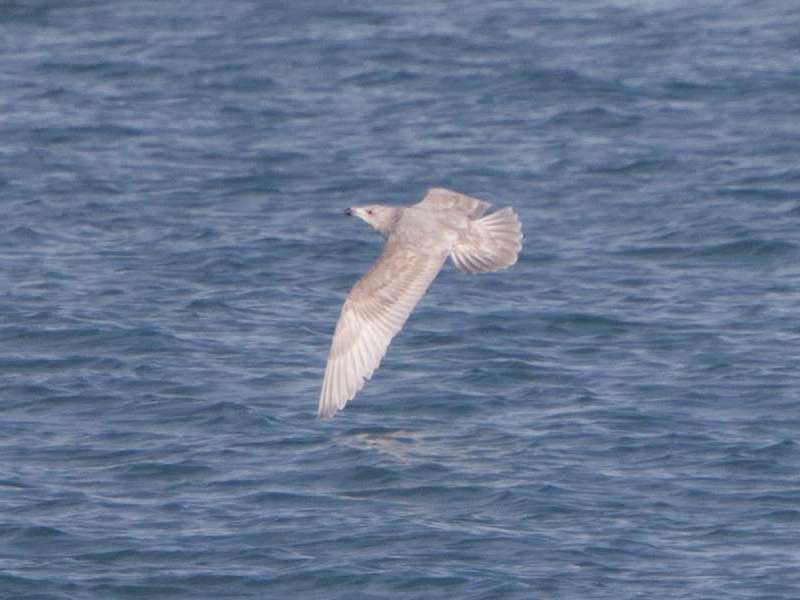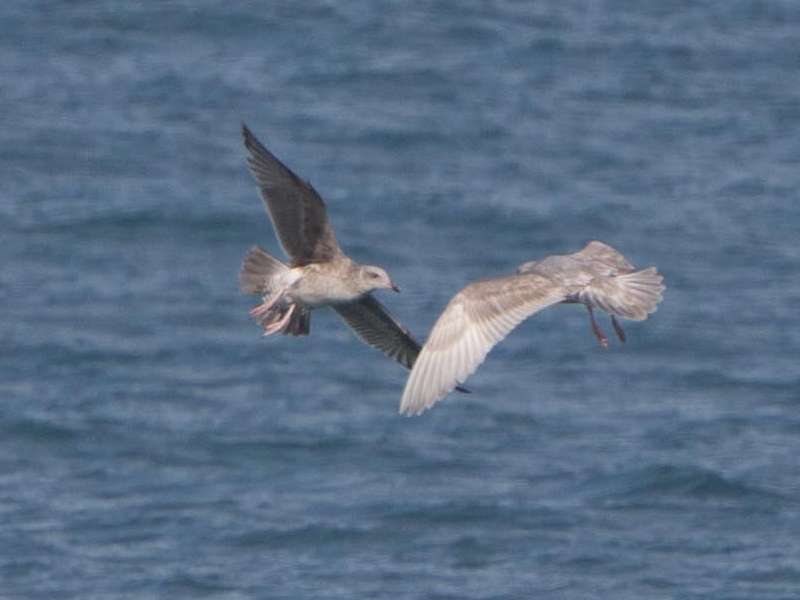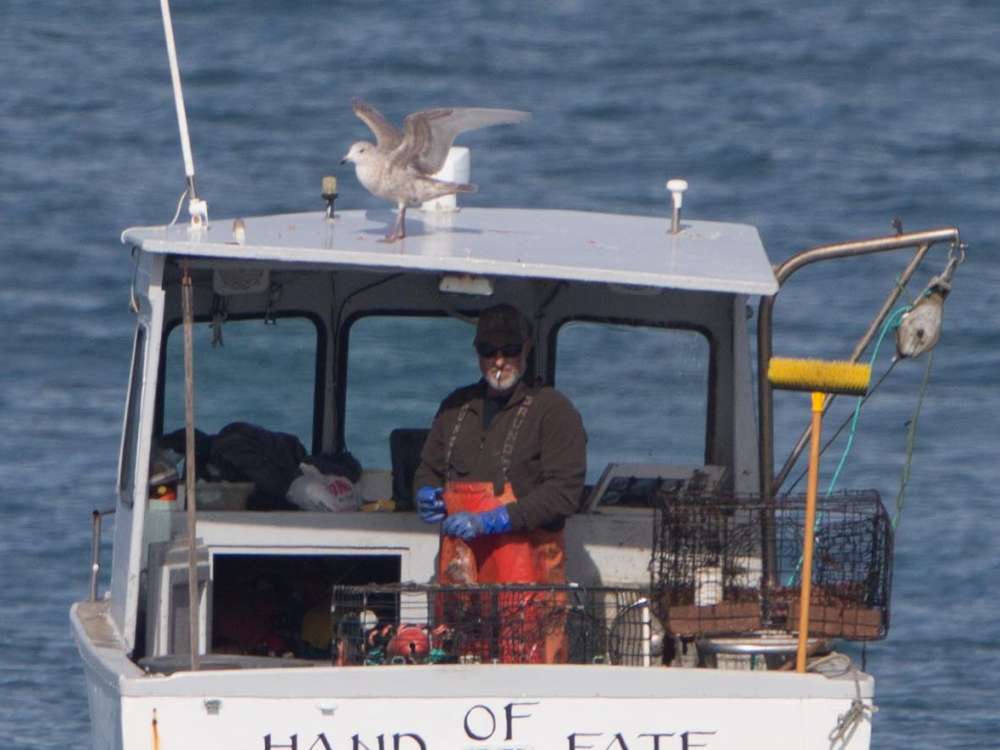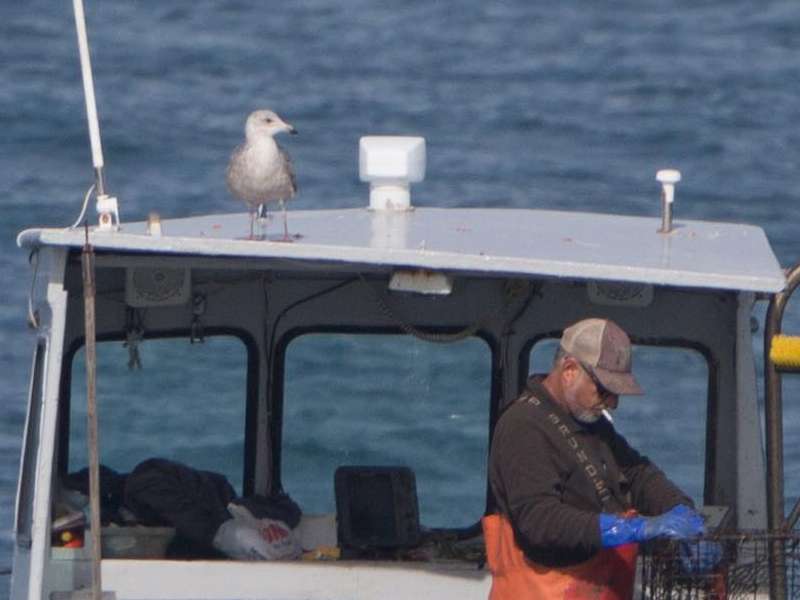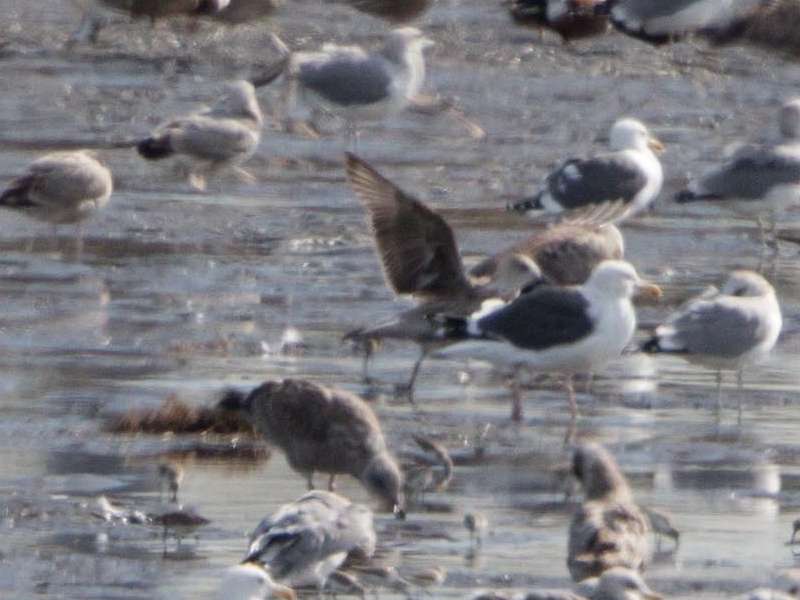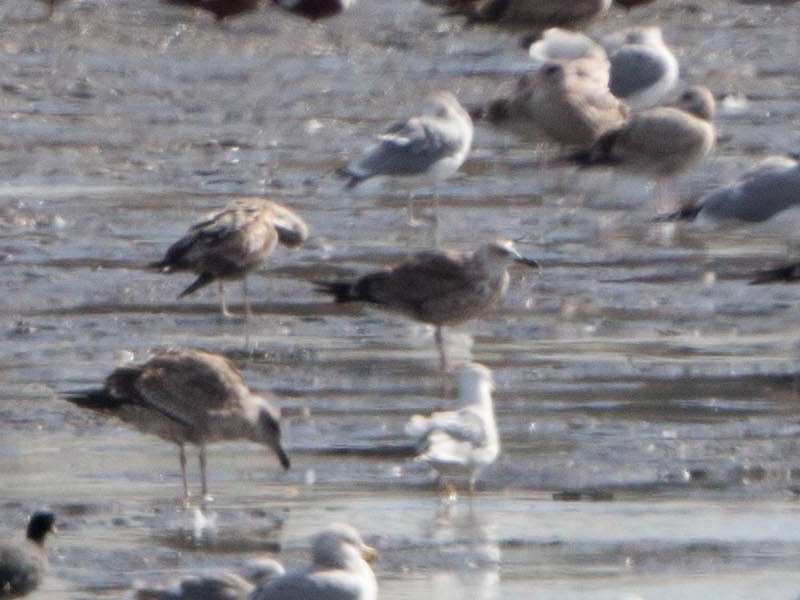A rather exciting text message popped up on my cell phone late yesterday evening November 02, 2018 from visiting seabird biologist Michael Force. “Hi Gary. I was wondering about Purple Gallinule and their status here?”. This got my attention for sure! I quickly responded that this species has only a single record in San Diego County and asked if he had seen one! Michael’s answer “No. Not exactly…”. Earlier in the day Michael had walked back from the Embarcadero, downtown San Diego, to his research vessel docked at Crosby Street pier, when he came across a partial bird carcass laying at the side of the road on Harbor Drive. Noting the coloration of what plumage remained on one wing, and tidbits of body, he snapped some cell phone images. Some late night text messaging and it certainly looked as if it could be a Purple Gallinule.
So early morning November 03, 2018 I was out searching for roadkill along Harbor Drive and quickly found the bird remains which Michael had photographed. It did indeed appear to be a Purple Gallinule with a few remaining purple feathers as well as green plus azure coloration to the wing feathers. The leg color was darker than I thought it might be but I am not sure of post mortem changes to bare part coloration and it was likely baked in the sun roadkill. At least some parts of the leg and foot, under sides of the toes for example, looked bright yellow still but with a reddish-horn color showing through most of the thickest parts.
One can only speculate how part of a dead Purple Gallinule came to be laying on the side of a busy road just south of downtown San Diego. I think with the nearby towering downtown buildings, many covered in glass and glittering with lights, numerous overhead cables for power, a street lined both sides with tall cross-linked animal-proof fencing, and the speeding straight-line traffic along Harbor Drive, it all seems to point to an unfortunate bird dropping in to the wrong place at the wrong time. The possibility of a Purple Gallinule setting down in downtown San Diego is not as crazy as it sounds because just two months ago a live individual was discovered perched on a mail box, no kidding, in downtown Ensenada, Mexico just 60 miles south of here on the coast. That luckier specimen, captured and moved to a more suitable habitat, can be seen in eBird checklists here and here.
Marking a 57 year interval this appears to be San Diego County’s second record of Purple Gallinule after a first record from October 01, 1961. That bird alive only for a short time after striking a wire and being found in residential Point Loma but died shortly thereafter and is now in the collection of the San Diego Natural History Museum (Unitt, 2004. San Diego County Bird Atlas).
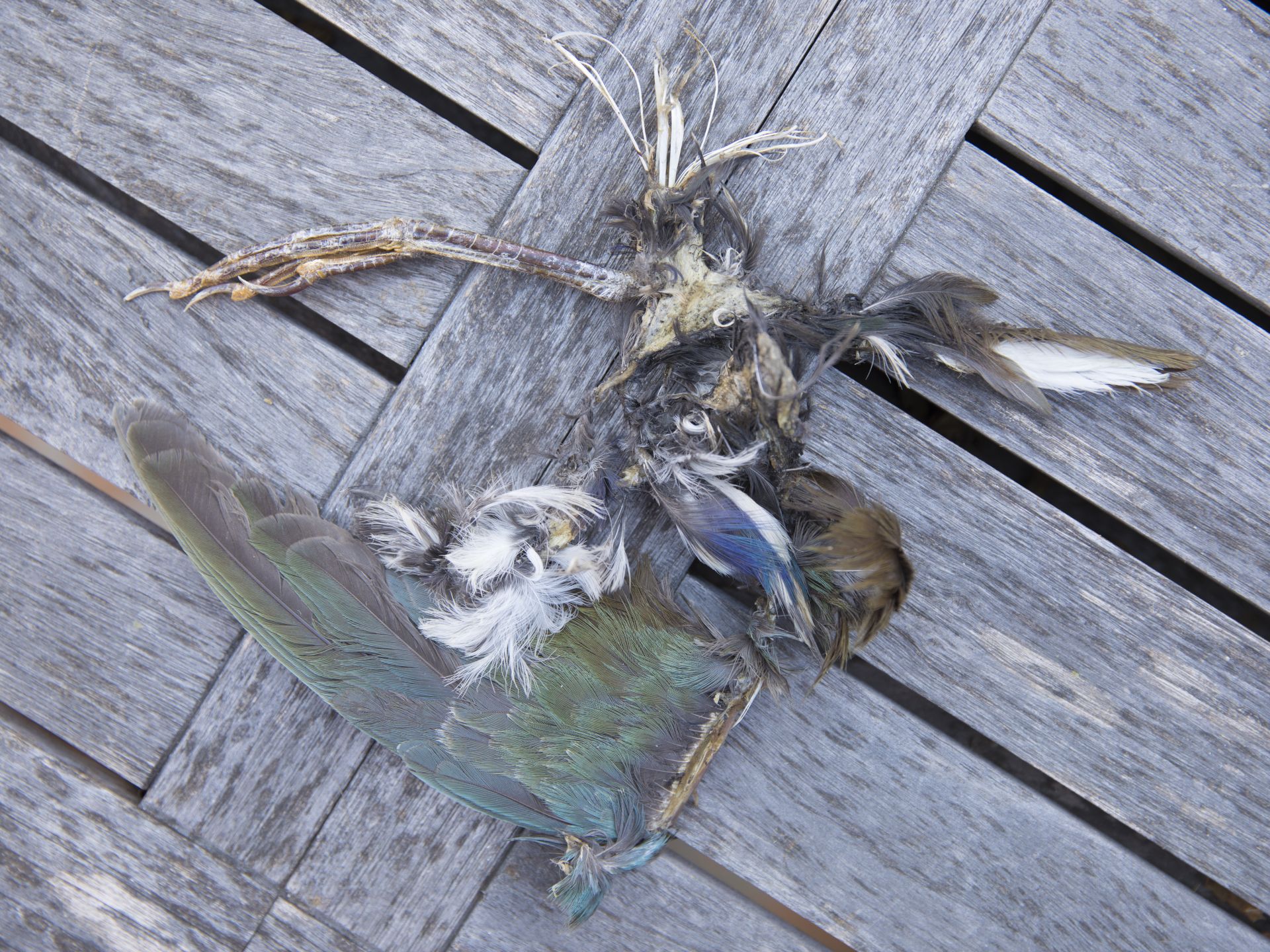
Purple Gallinule (Porphyrio martinica) partial remains – San Diego, San Diego County, California, November 03, 2018

Purple Gallinule (Porphyrio martinica) partial remains – San Diego, San Diego County, California, November 03, 2018

Purple Gallinule (Porphyrio martinica) partial remains – San Diego, San Diego County, California, November 03, 2018

Purple Gallinule (Porphyrio martinica) partial remains – San Diego, San Diego County, California, November 03, 2018
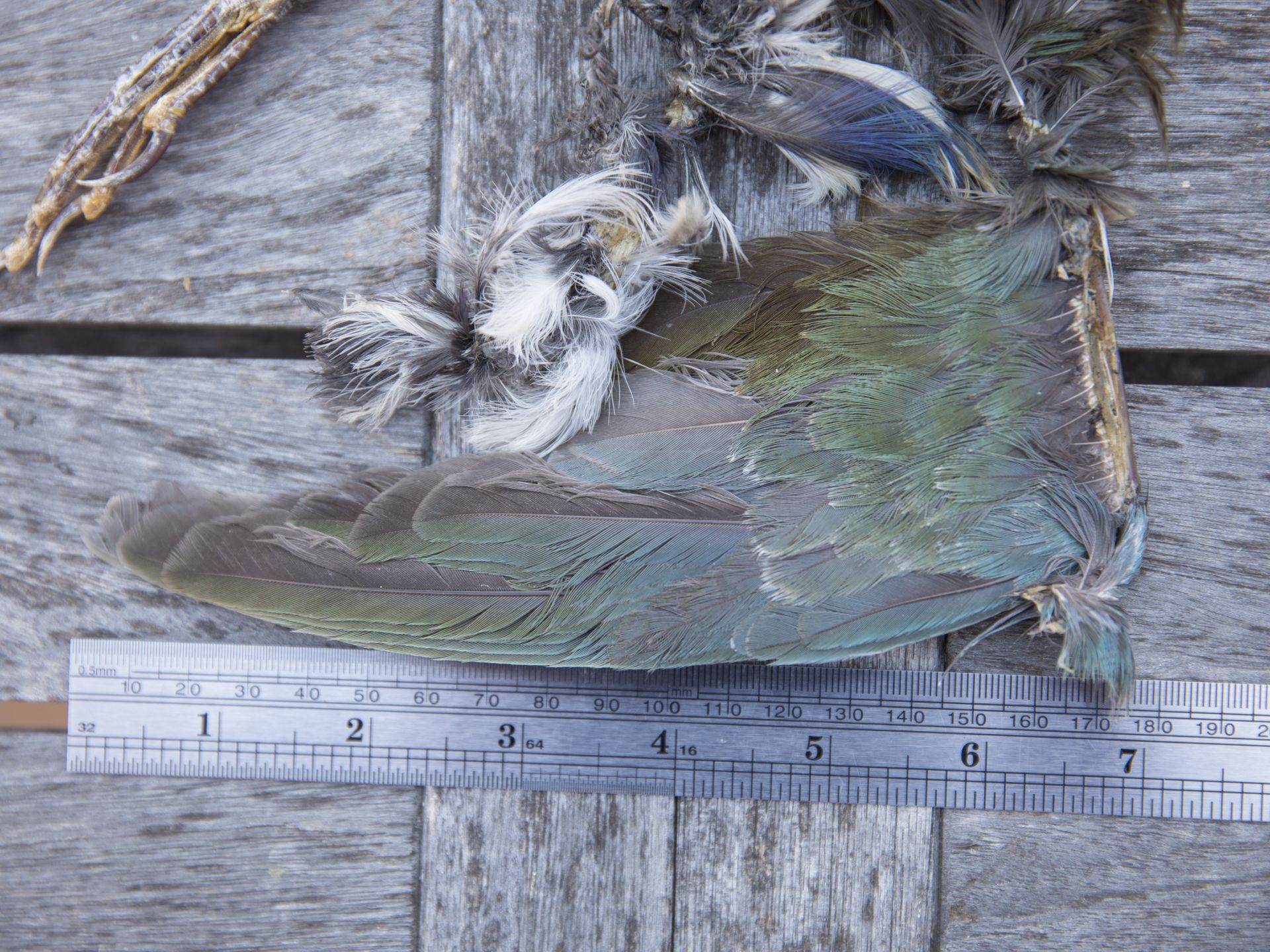
Purple Gallinule (Porphyrio martinica) partial remains – San Diego, San Diego County, California, November 03, 2018
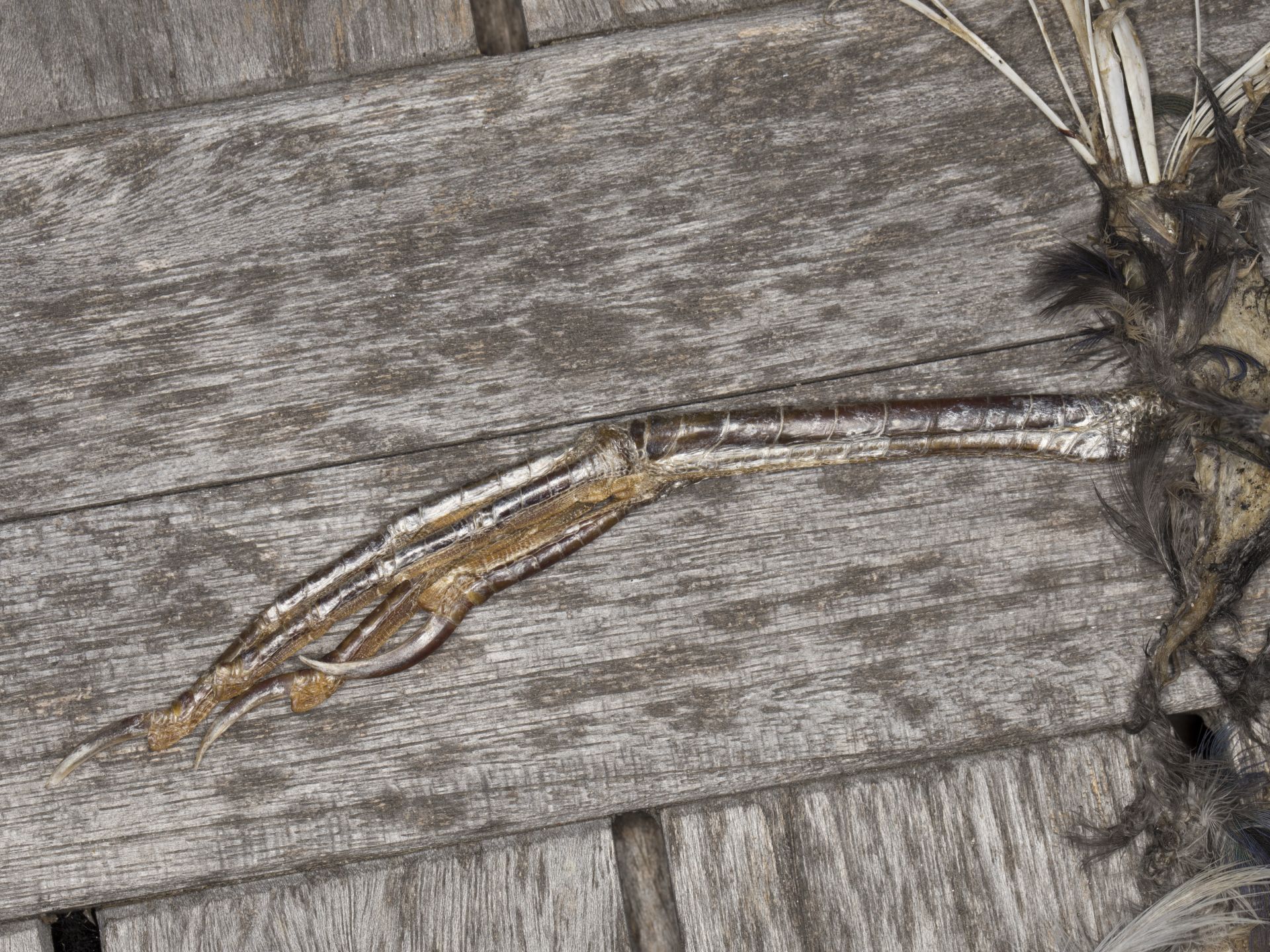
Purple Gallinule (Porphyrio martinica) partial remains – San Diego, San Diego County, California, November 03, 2018

Purple Gallinule (Porphyrio martinica) partial remains – San Diego, San Diego County, California, November 03, 2018

Purple Gallinule (Porphyrio martinica) partial remains – San Diego, San Diego County, California, November 03, 2018

Purple Gallinule (Porphyrio martinica) partial remains – San Diego, San Diego County, California, November 03, 2018

Purple Gallinule (Porphyrio martinica) partial remains – San Diego, San Diego County, California, November 03, 2018

Purple Gallinule (Porphyrio martinica) partial remains – San Diego, San Diego County, California, November 03, 2018
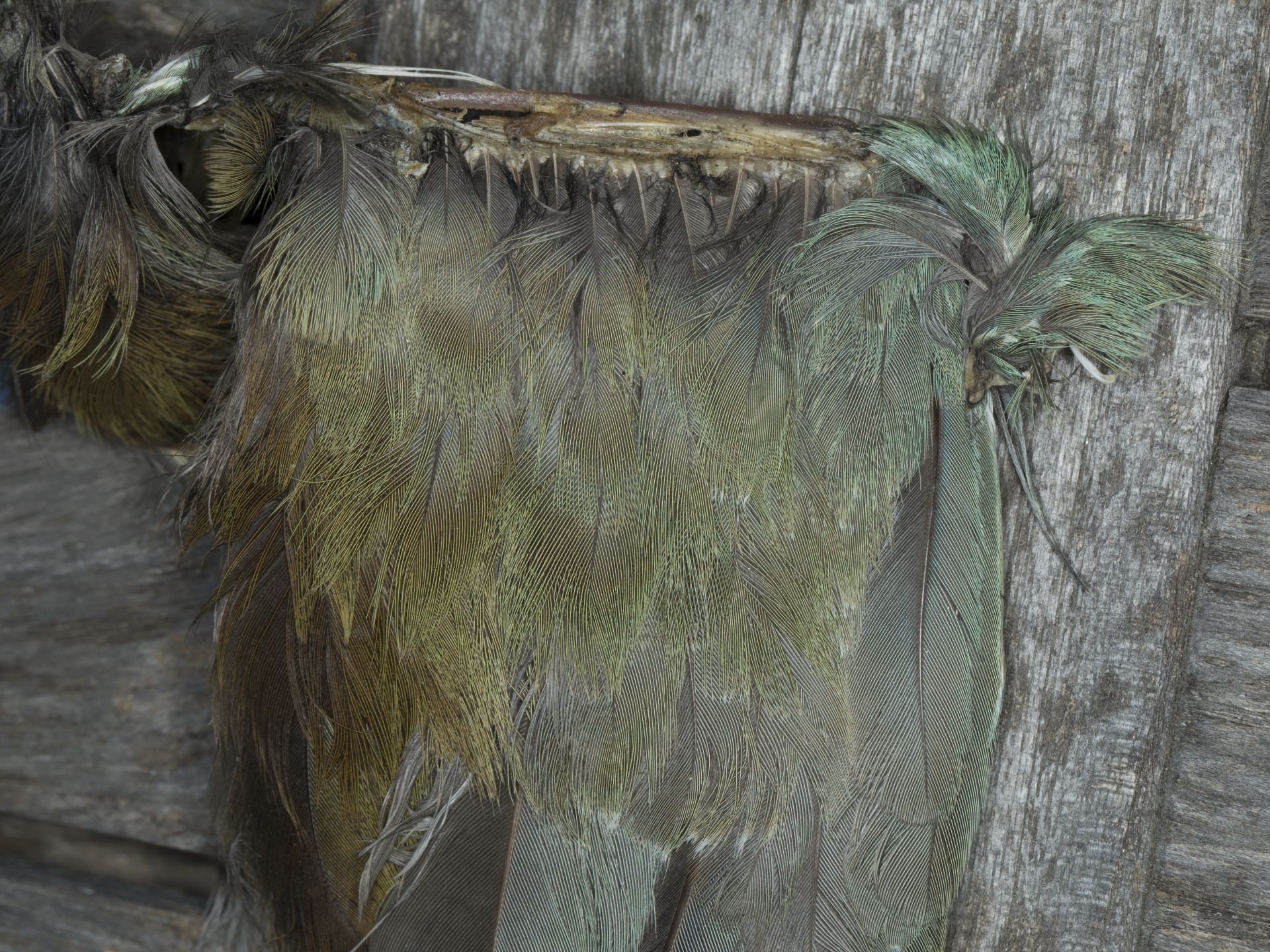
Purple Gallinule (Porphyrio martinica) partial remains – San Diego, San Diego County, California, November 03, 2018
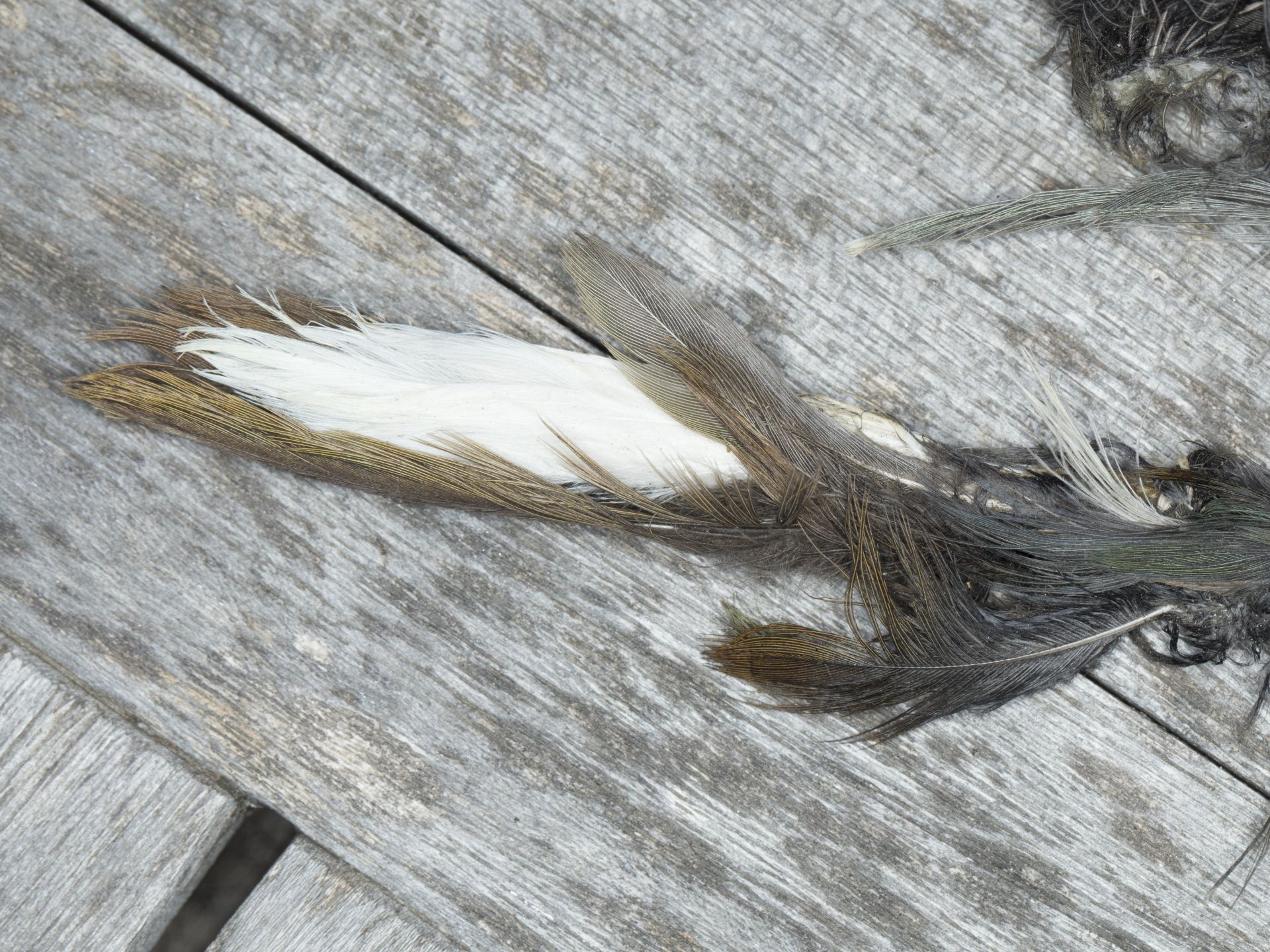
Purple Gallinule (Porphyrio martinica) partial remains – San Diego, San Diego County, California, November 03, 2018

Purple Gallinule (Porphyrio martinica) partial remains – San Diego, San Diego County, California, November 03, 2018

